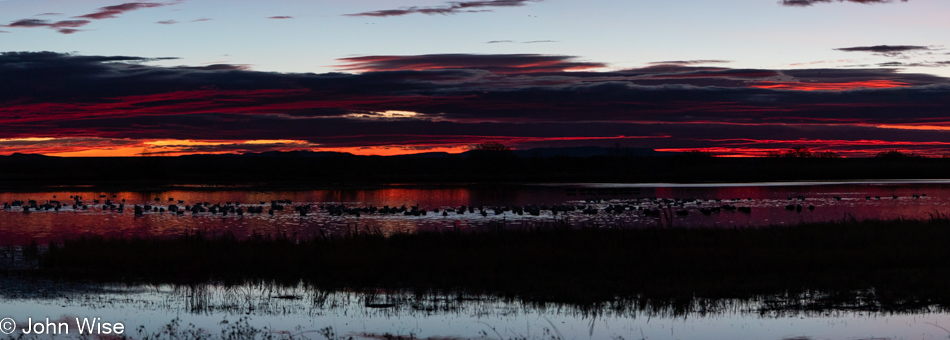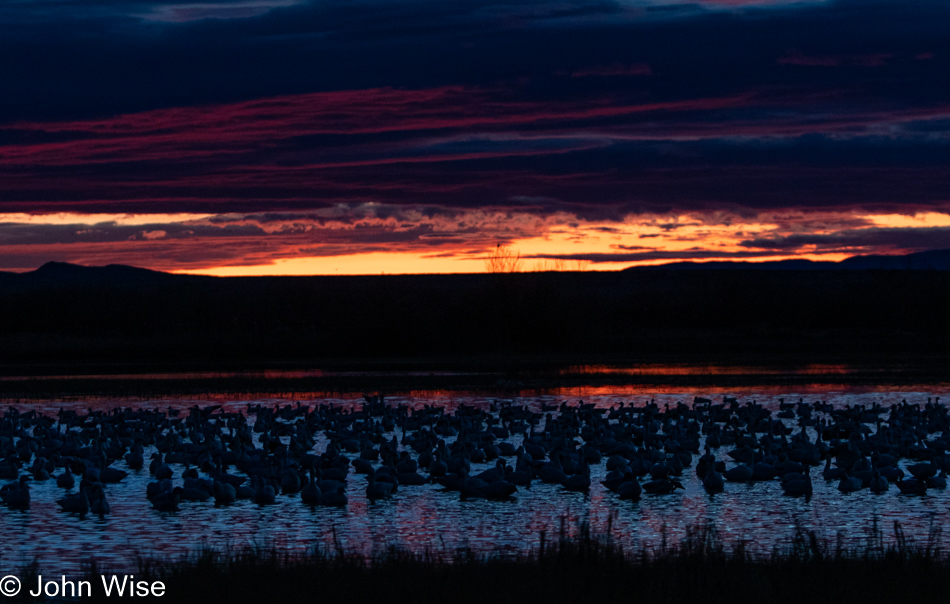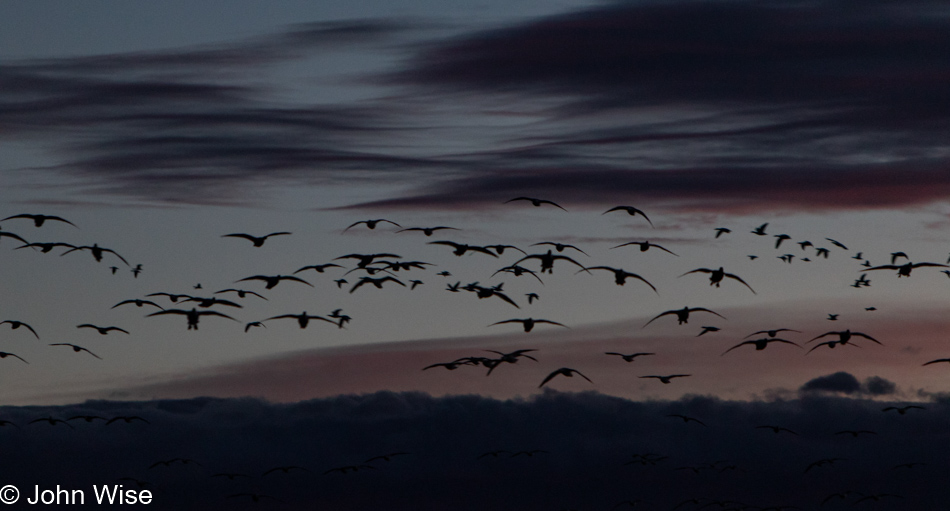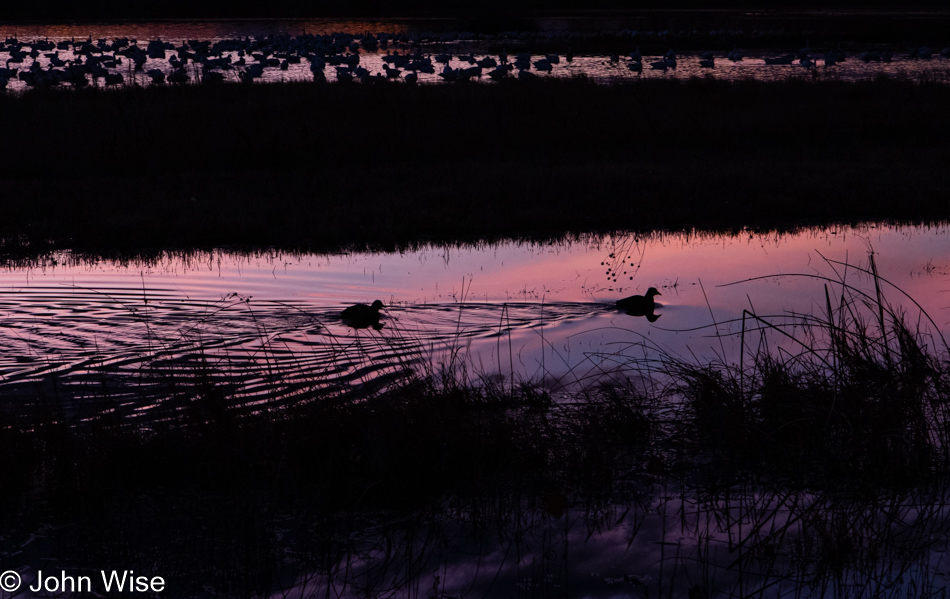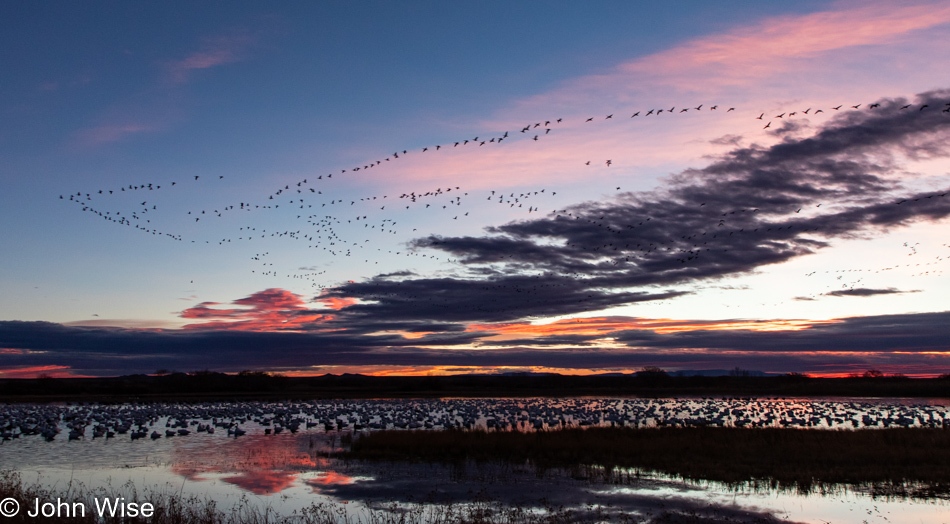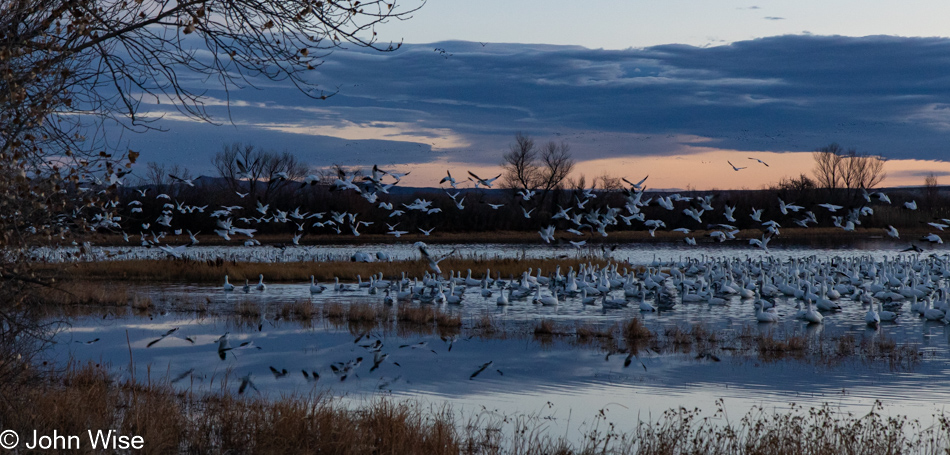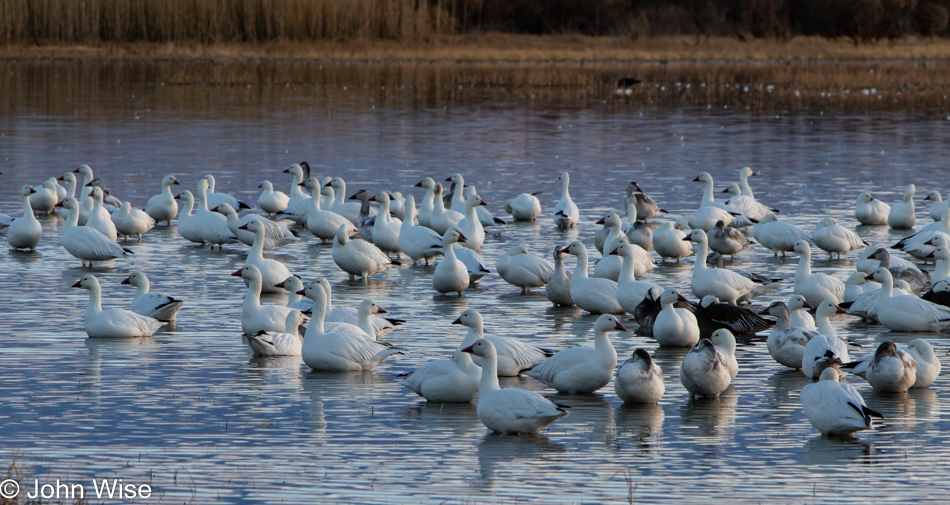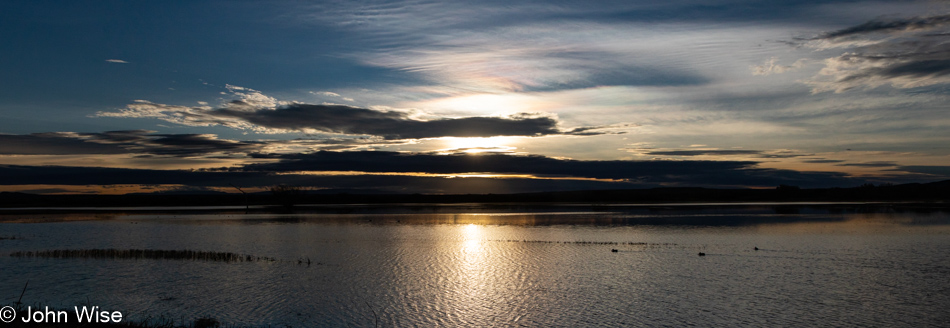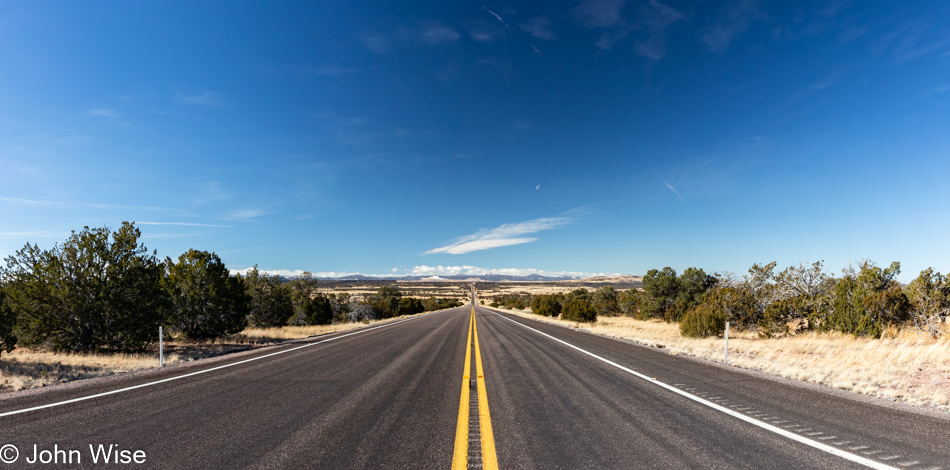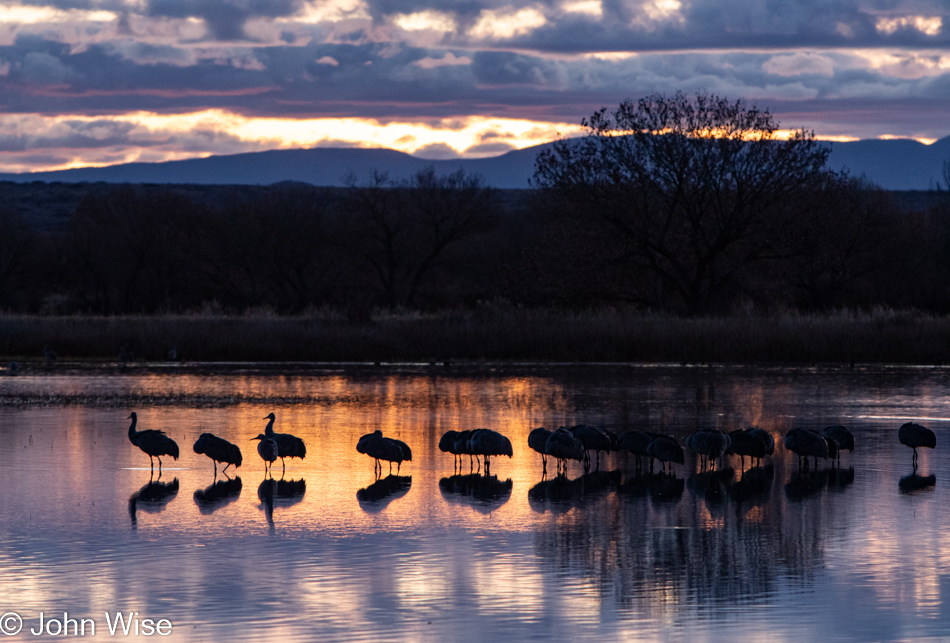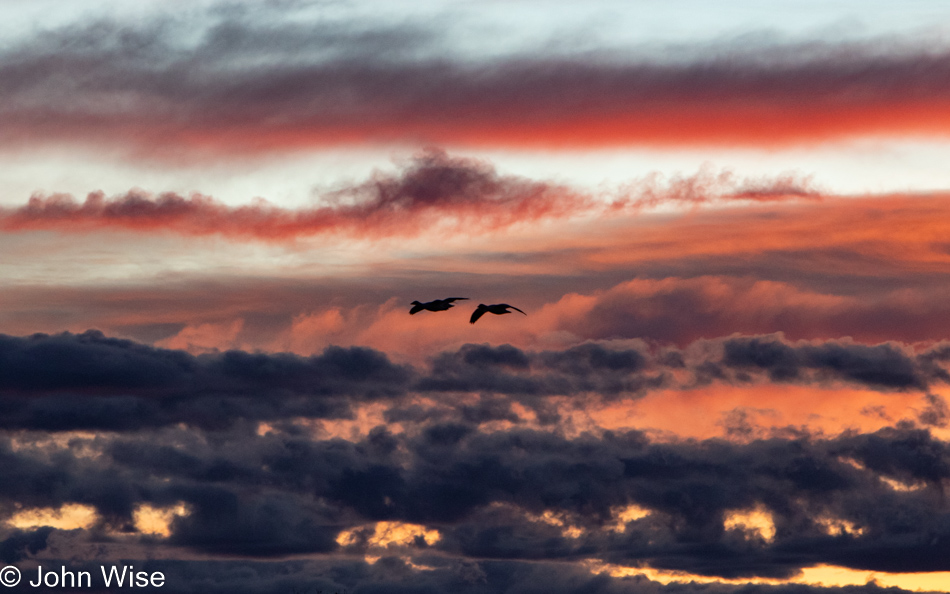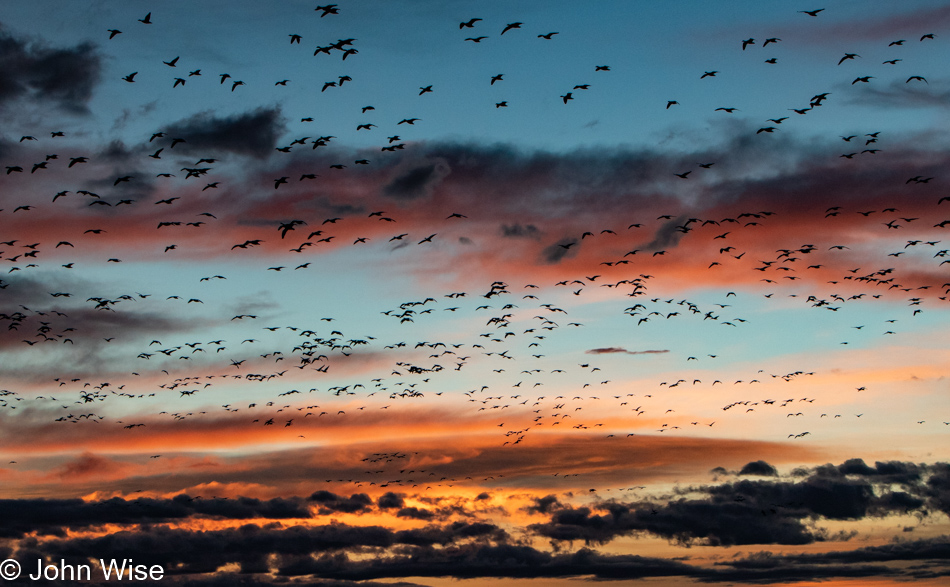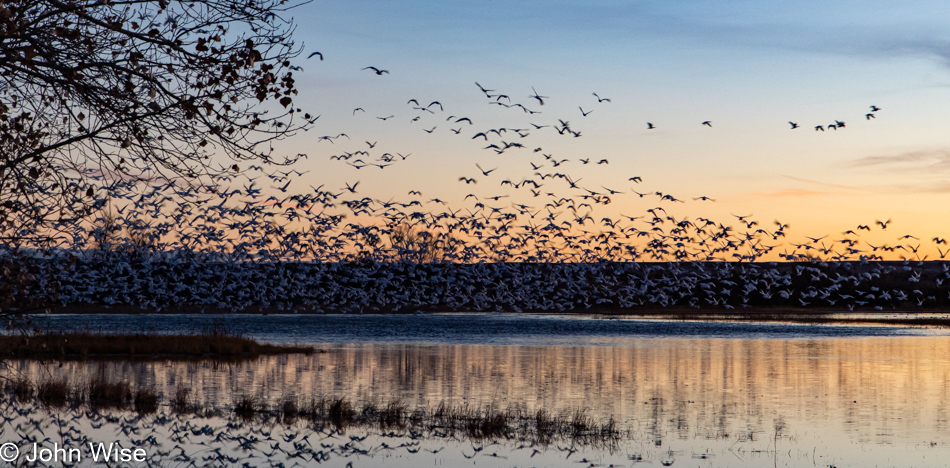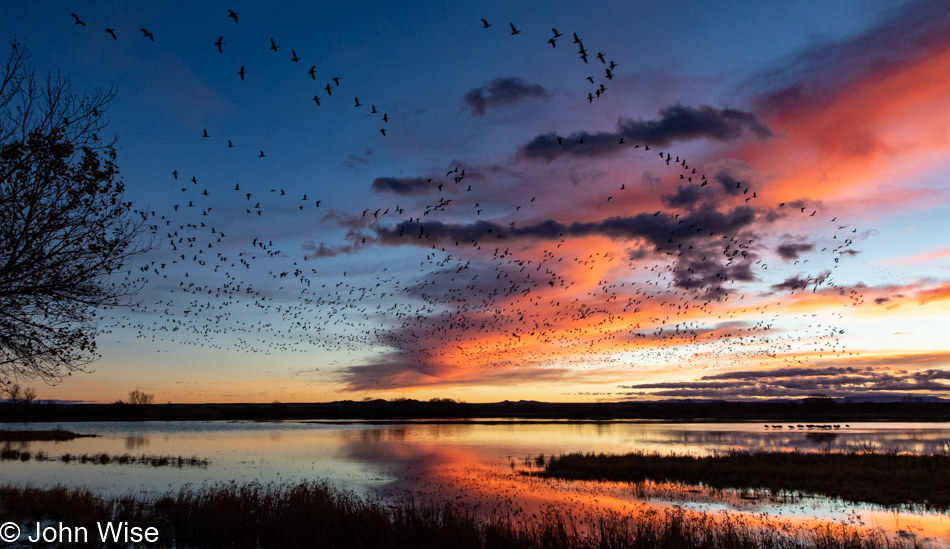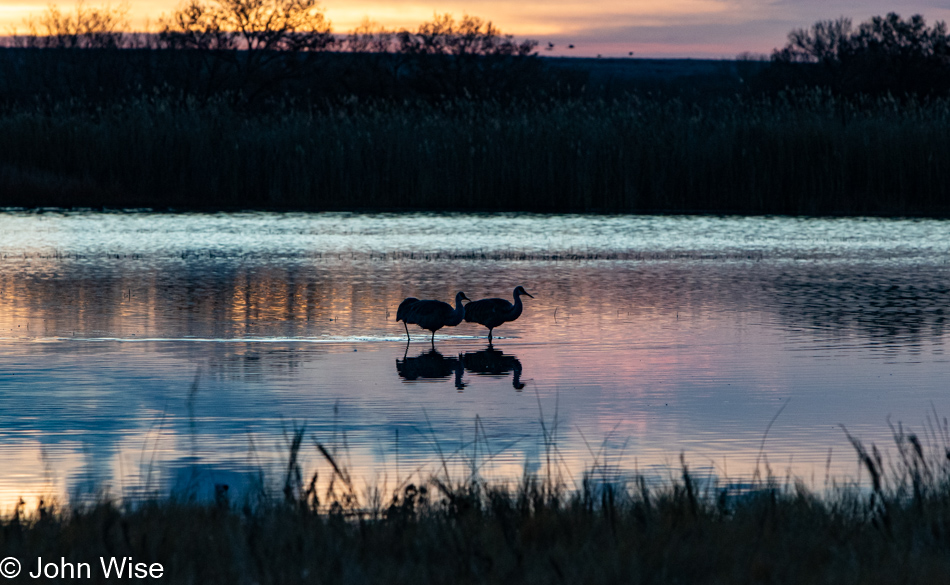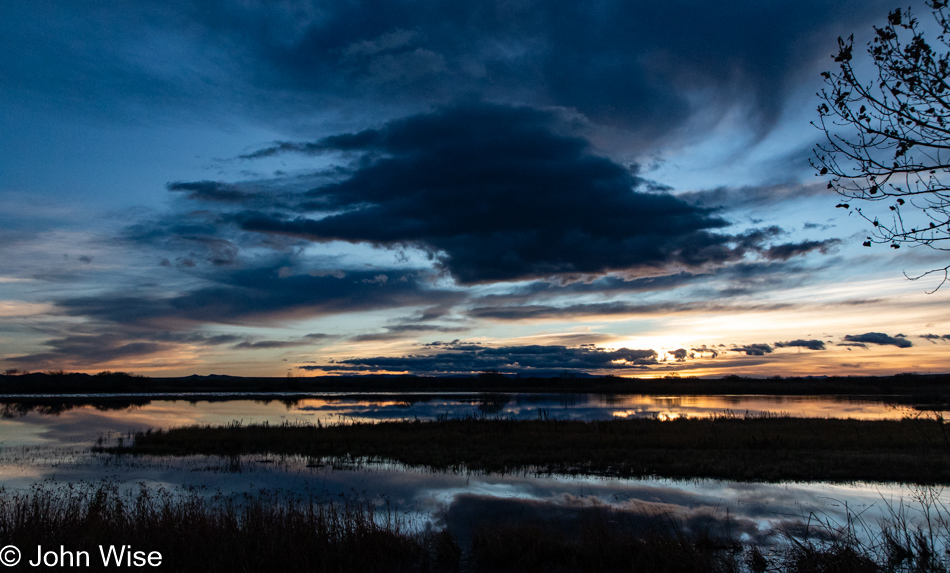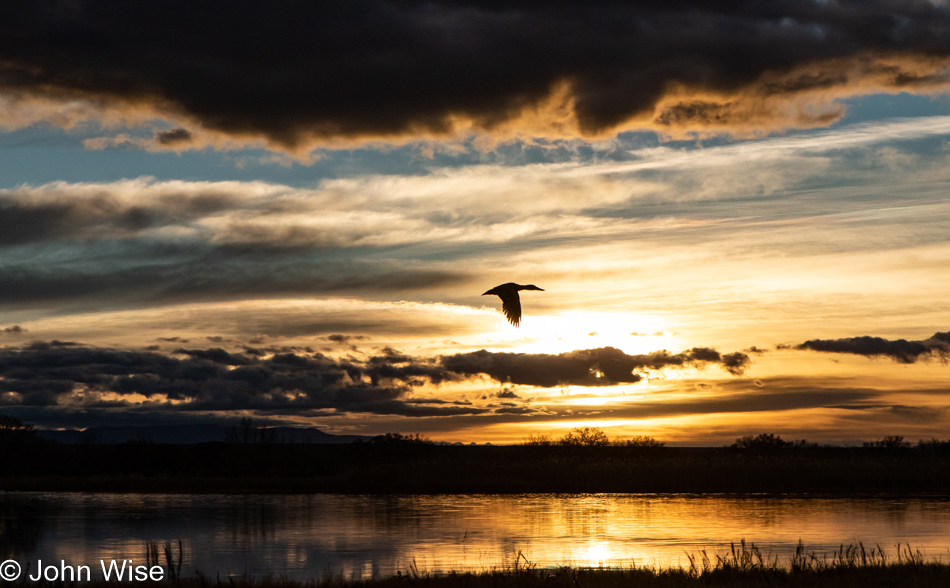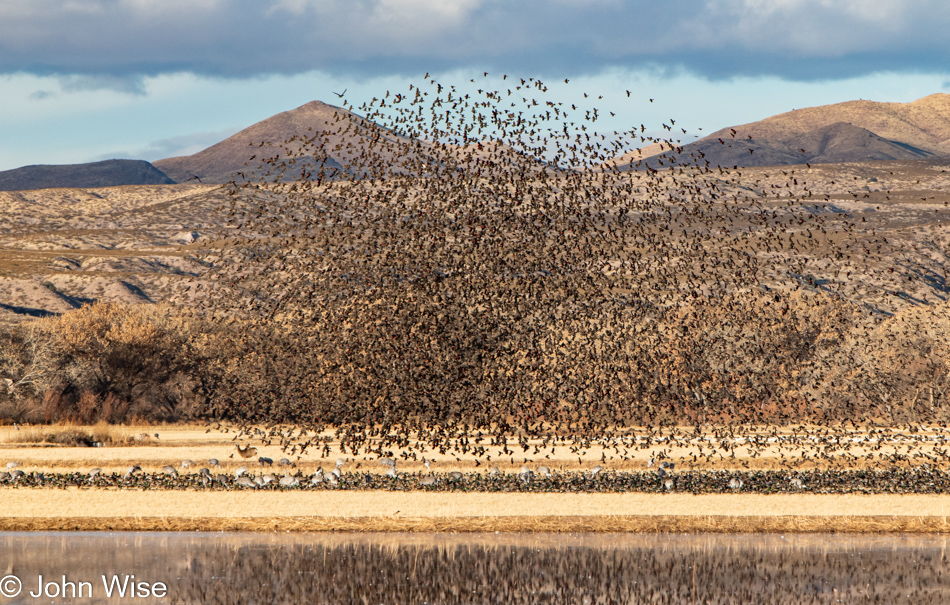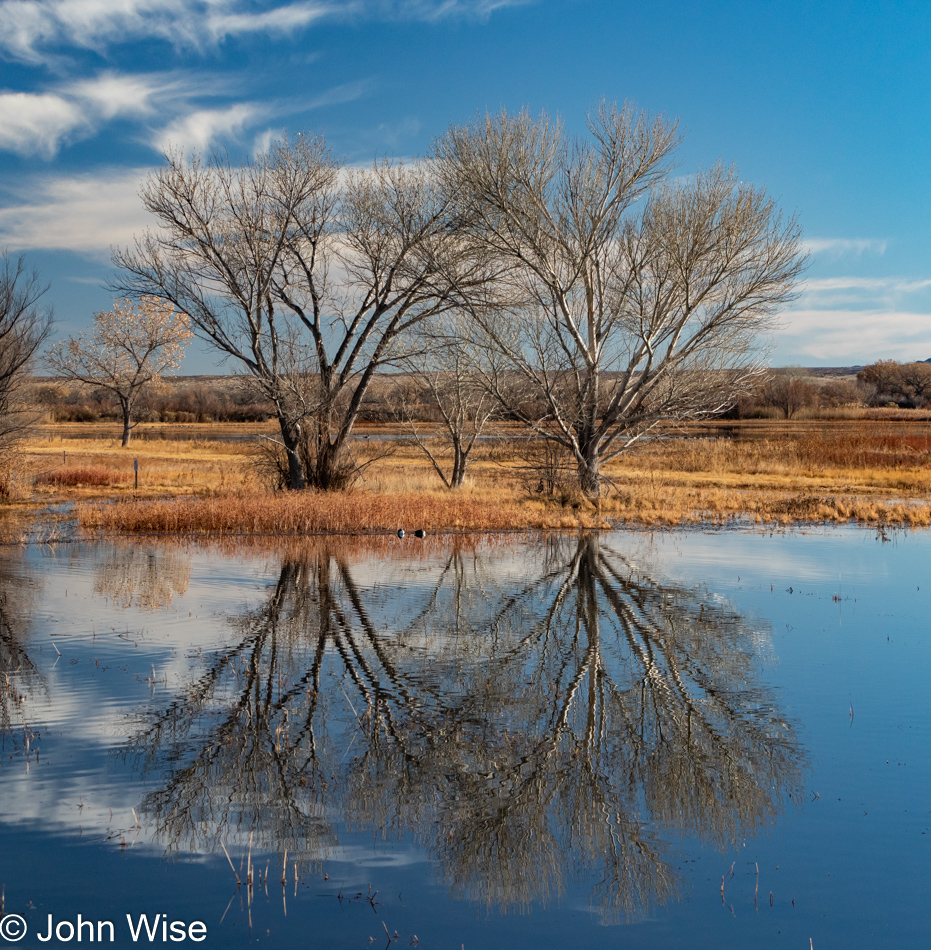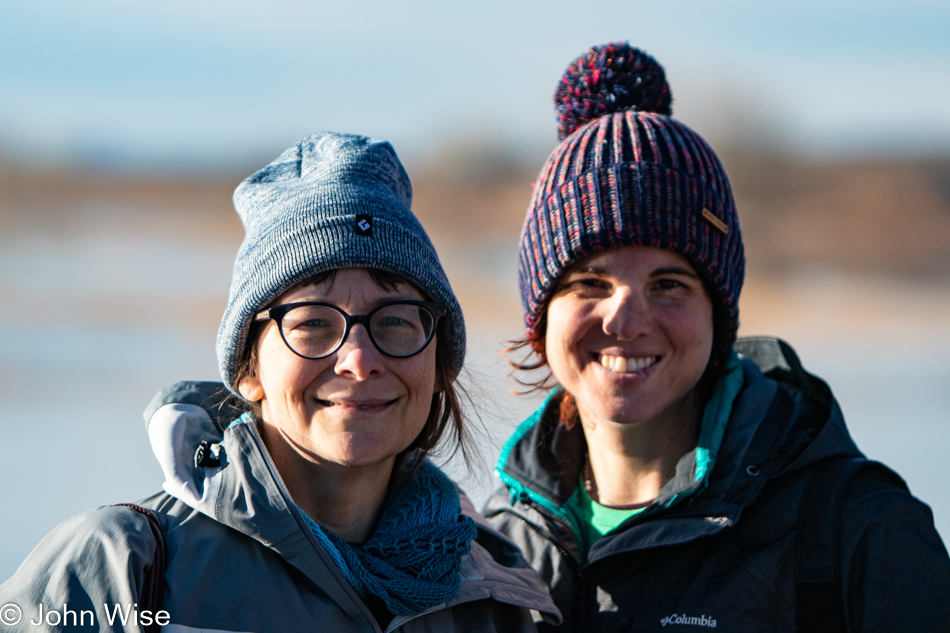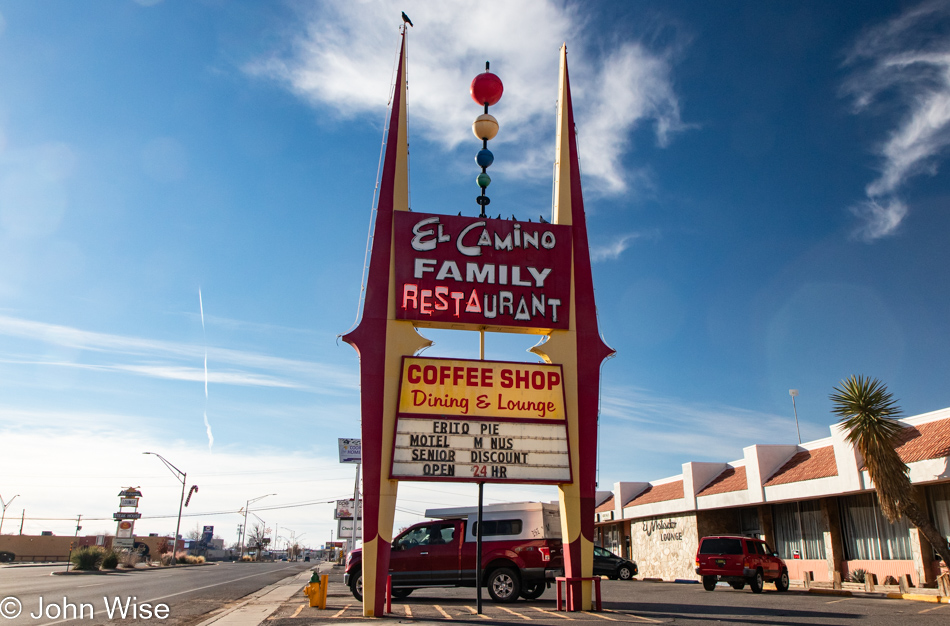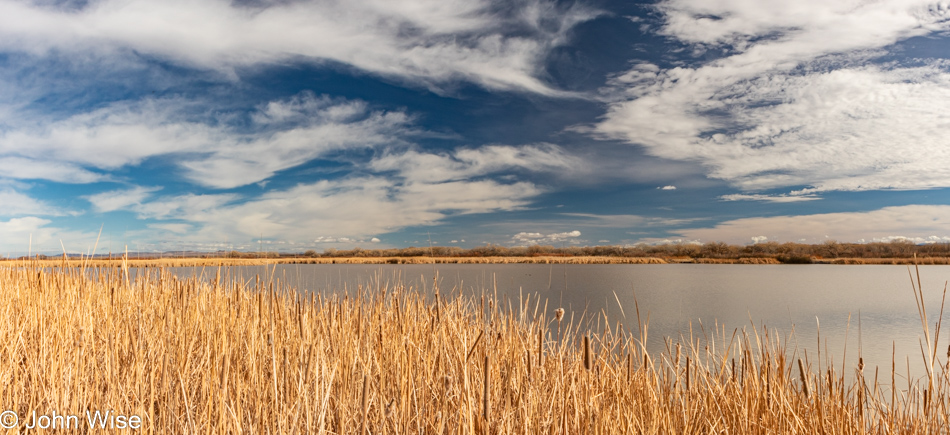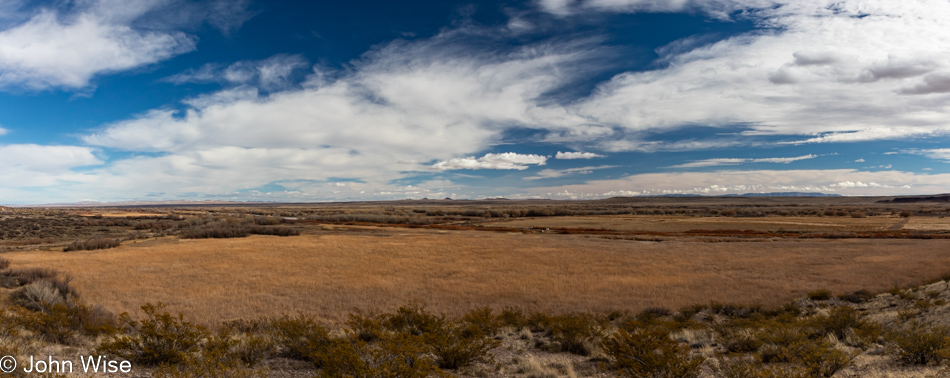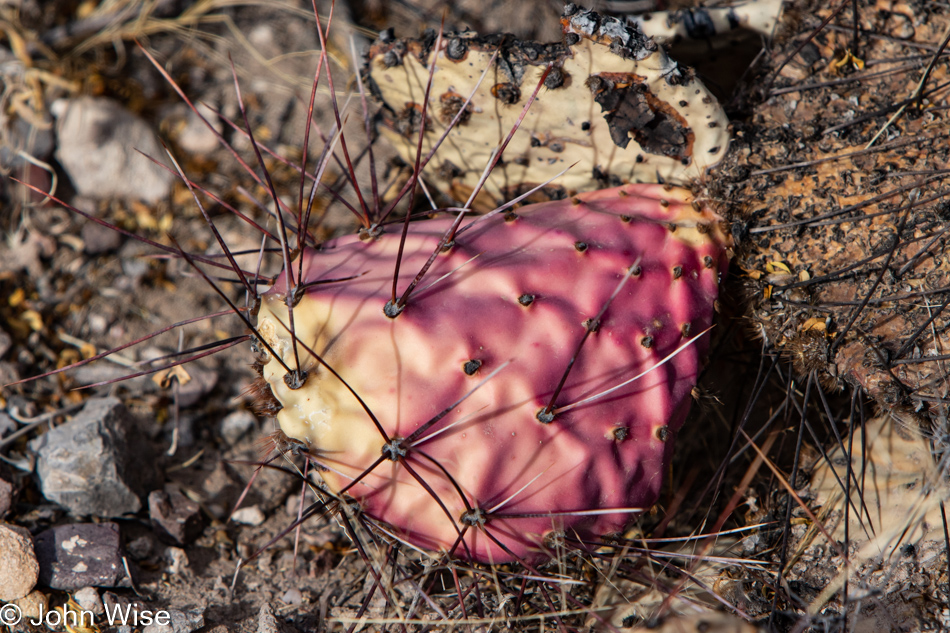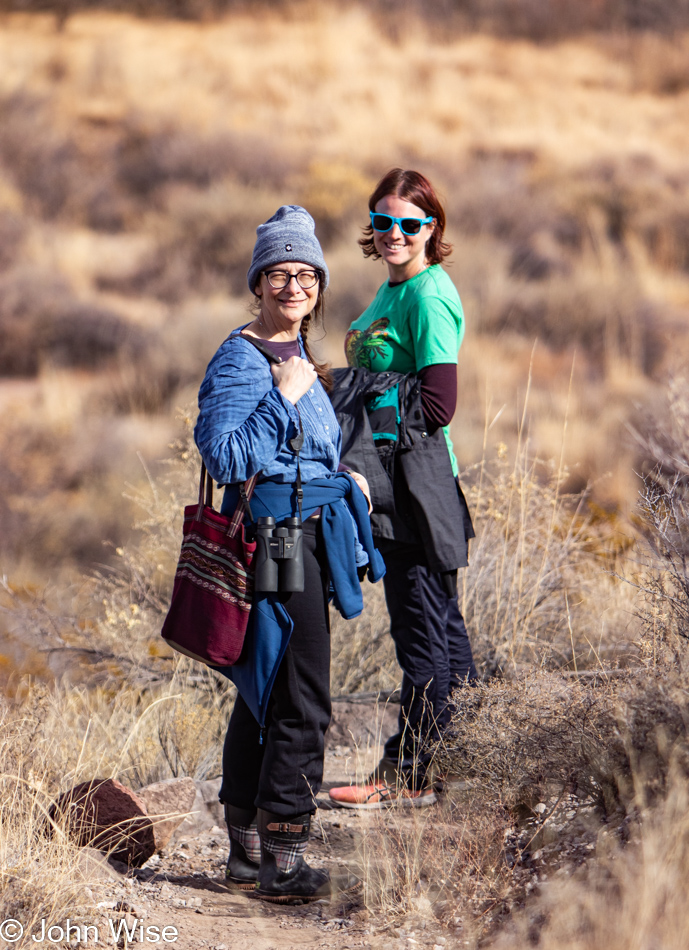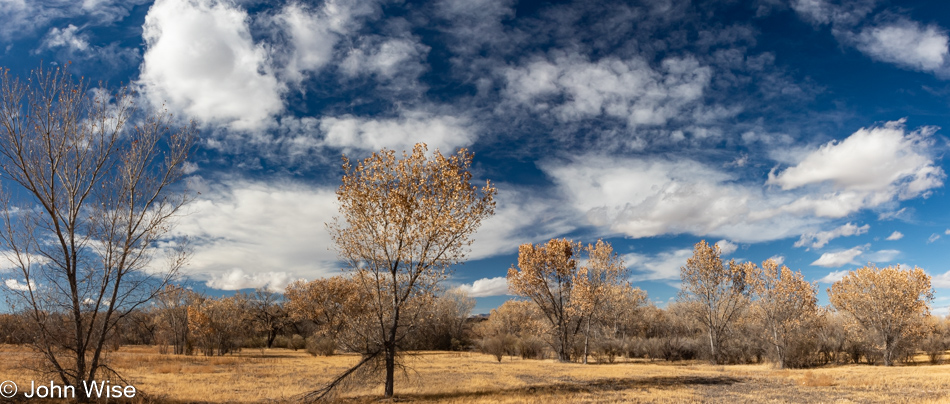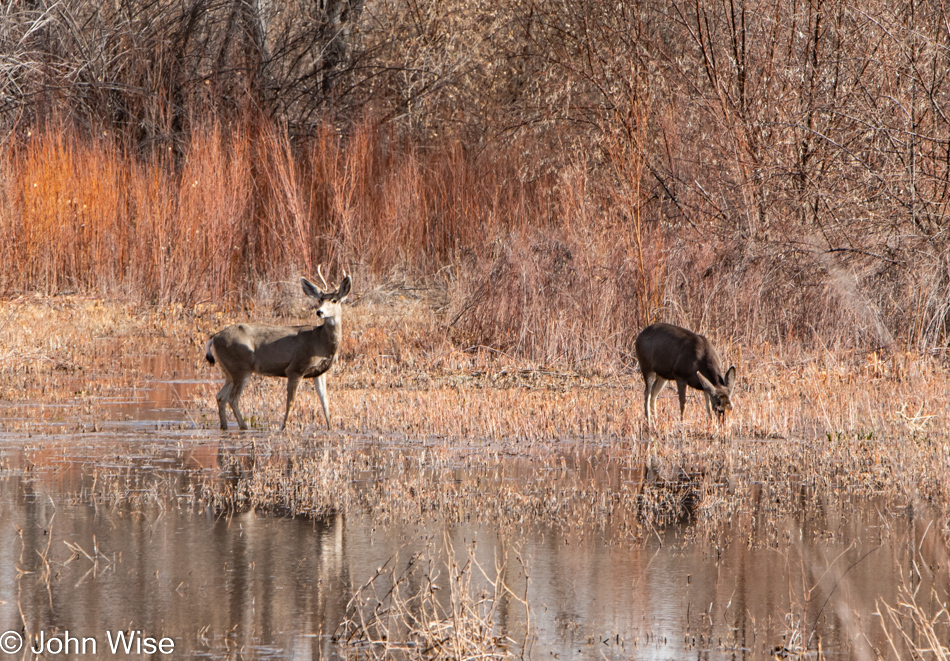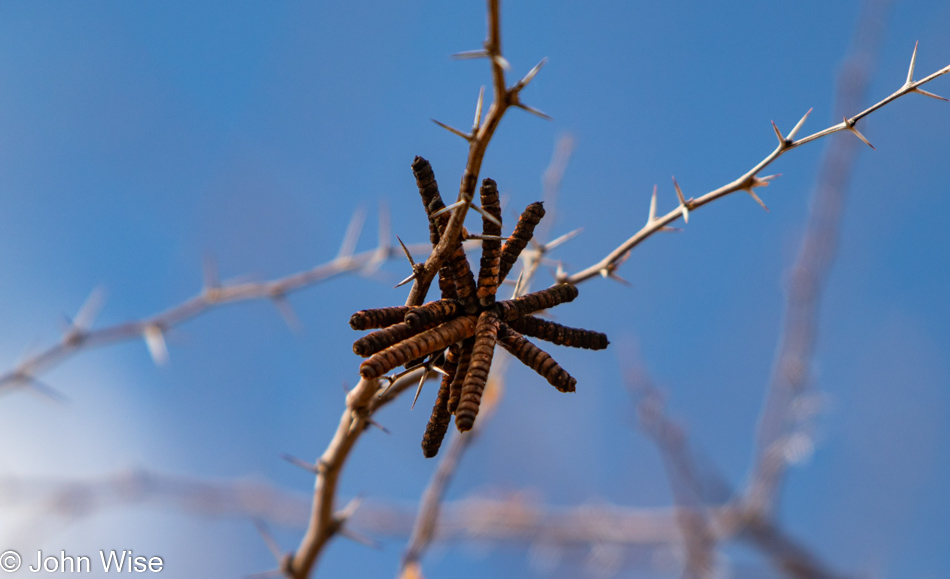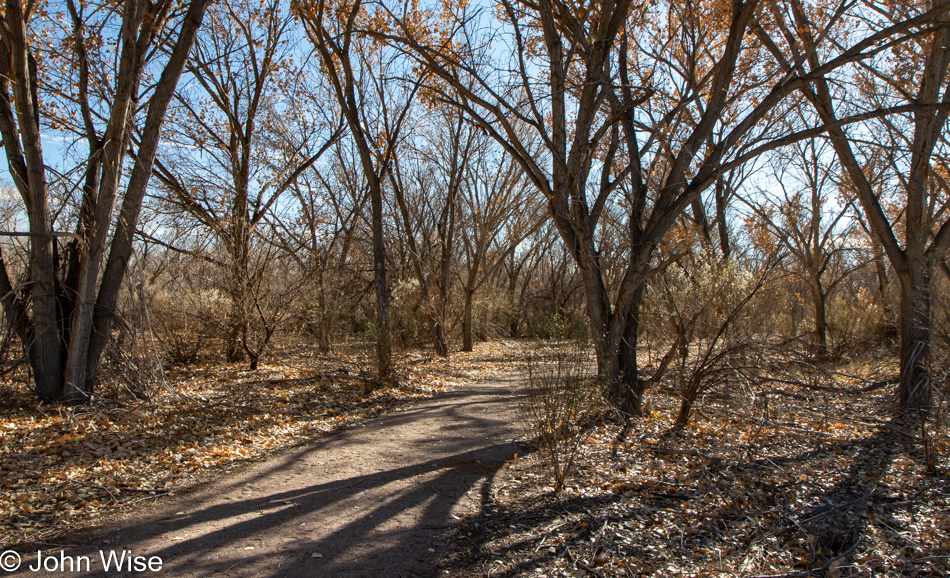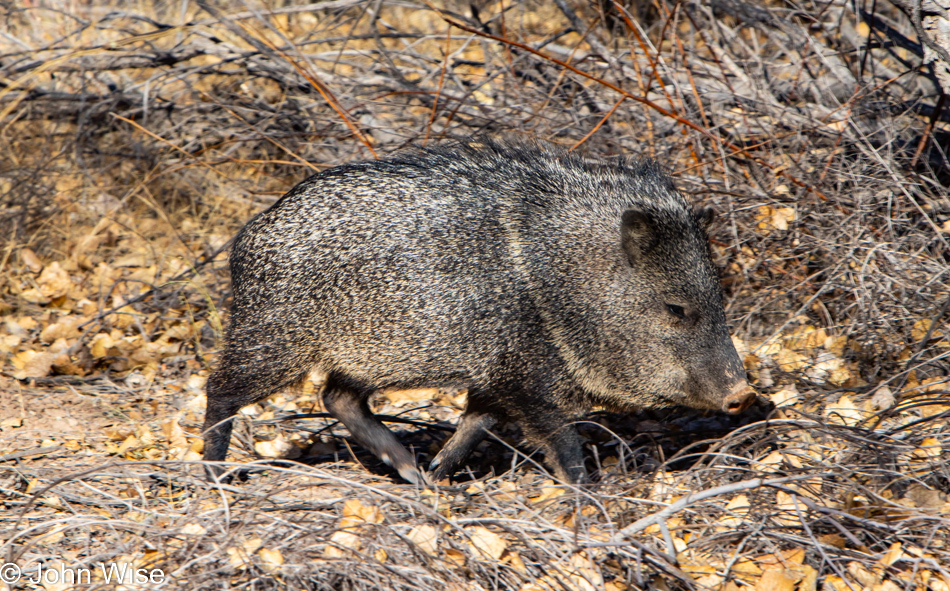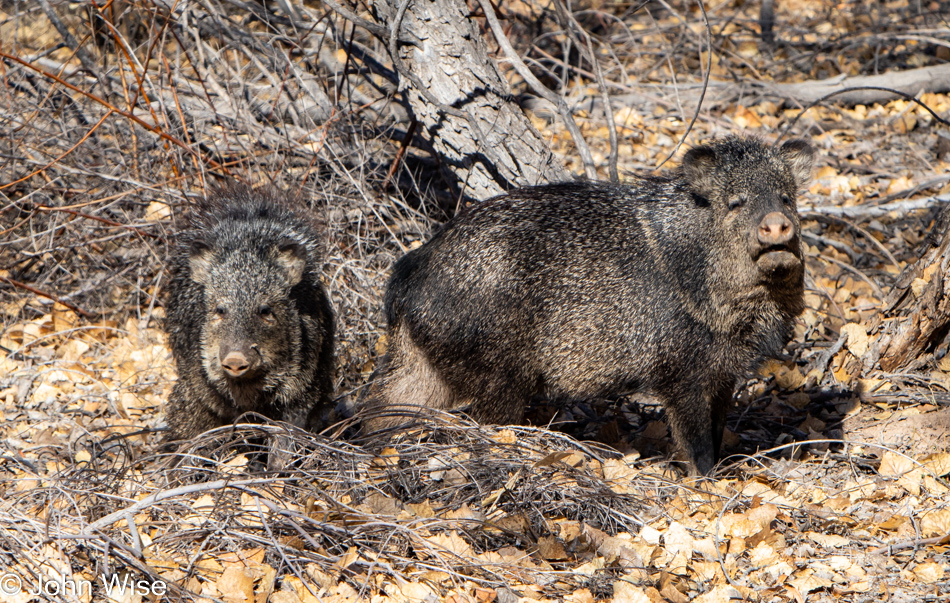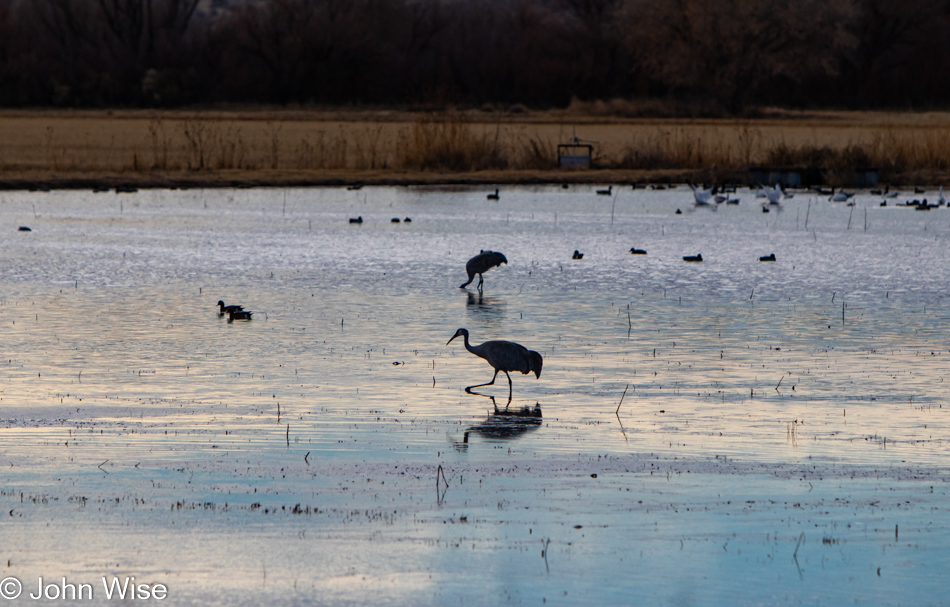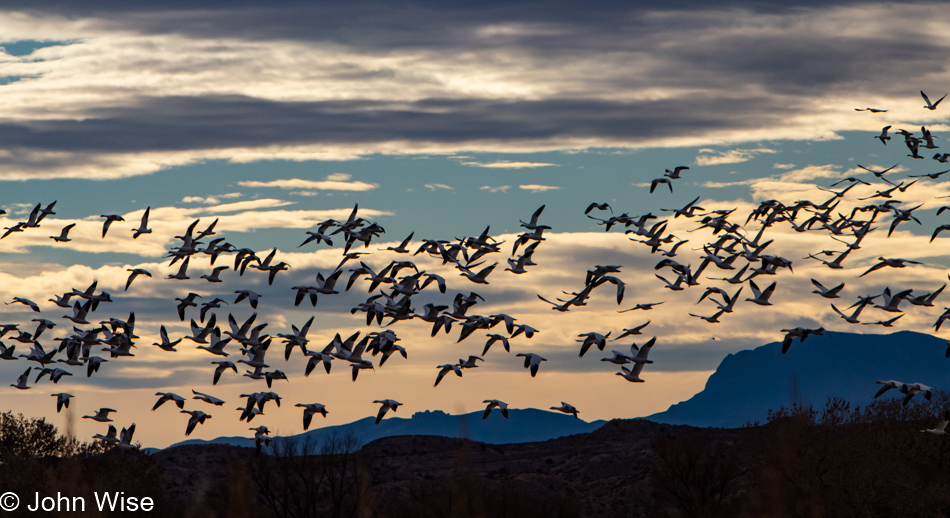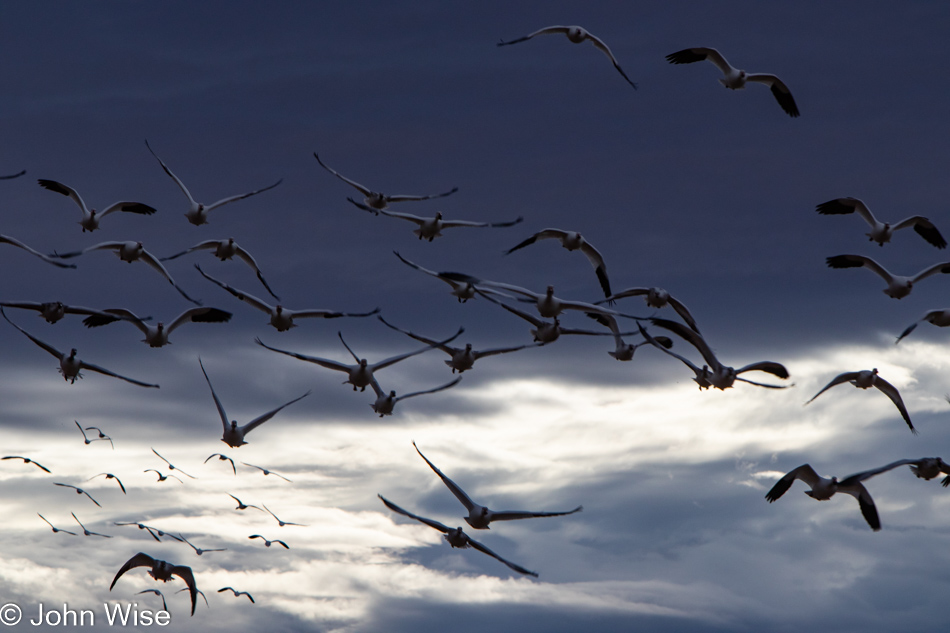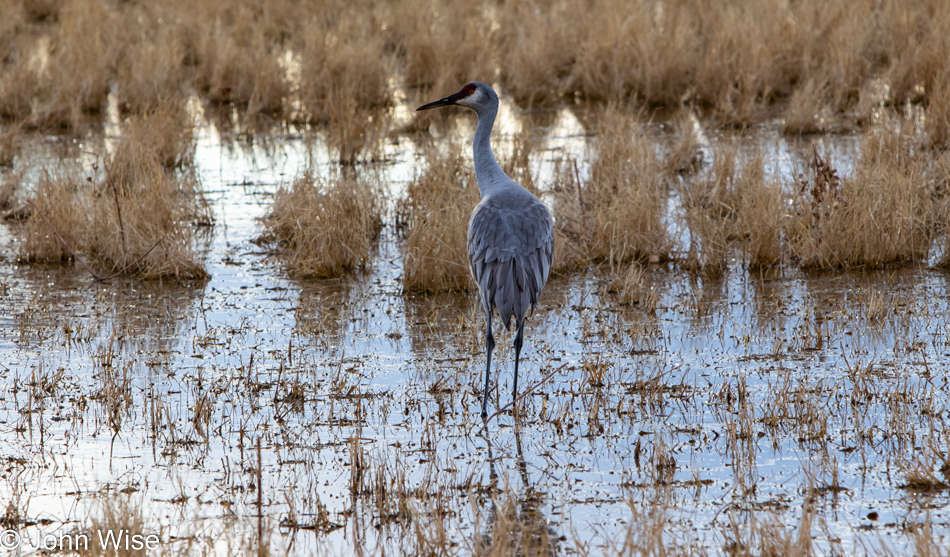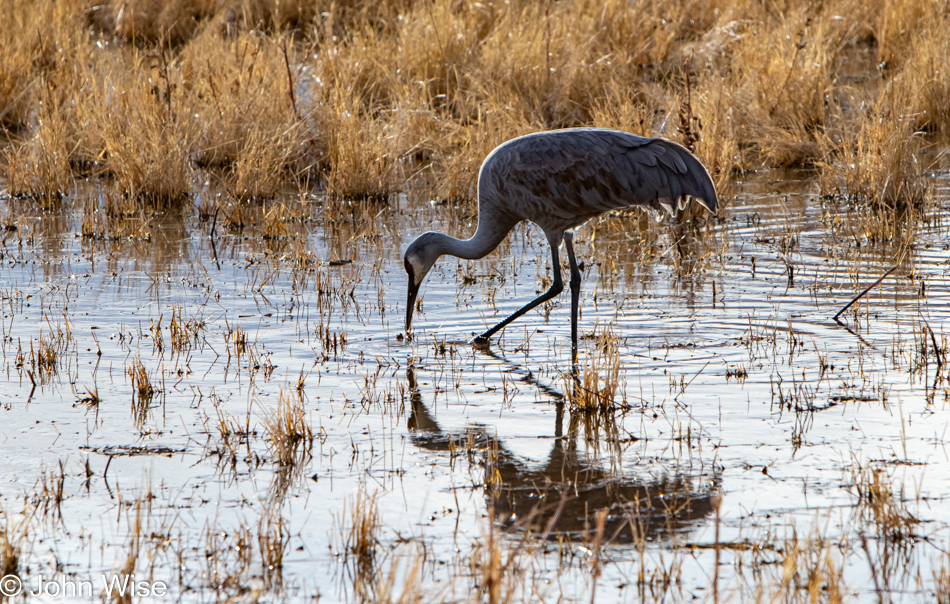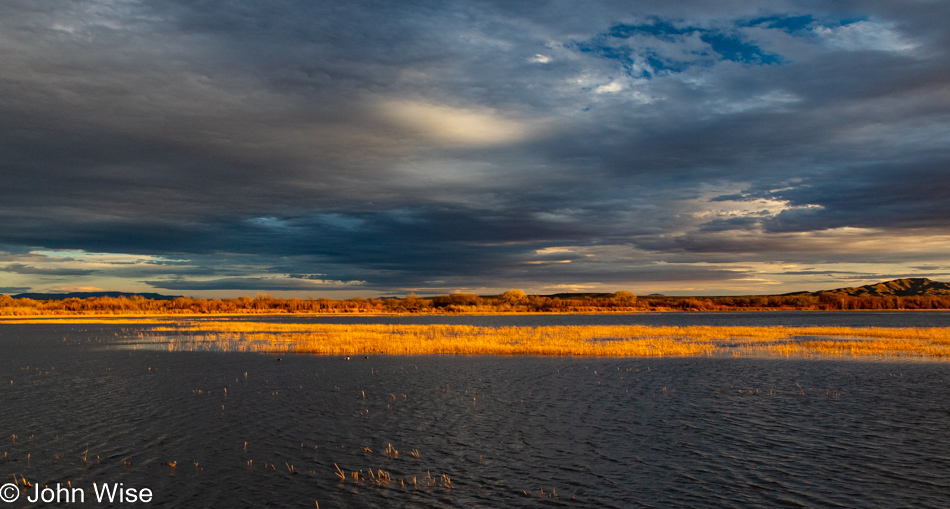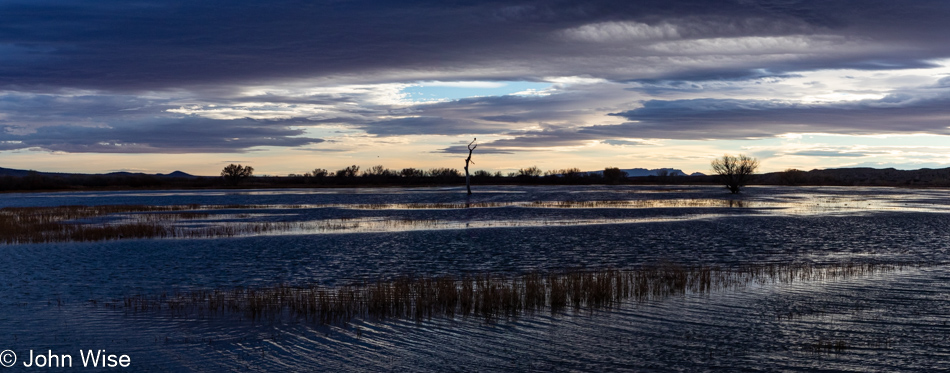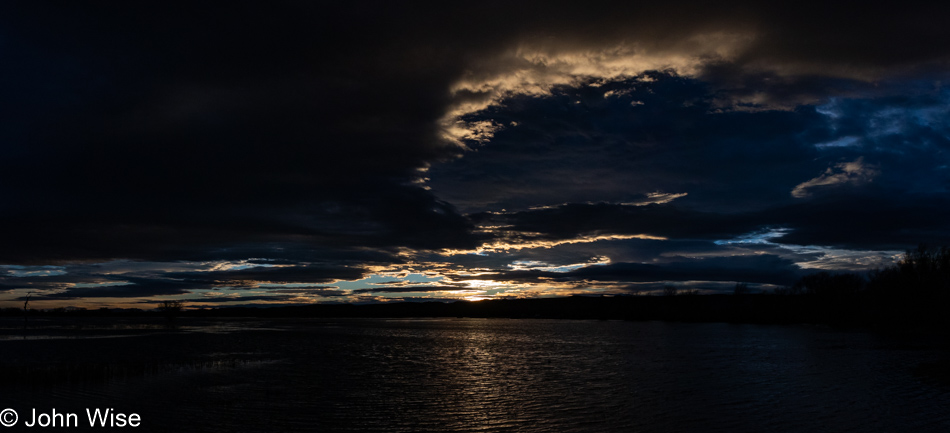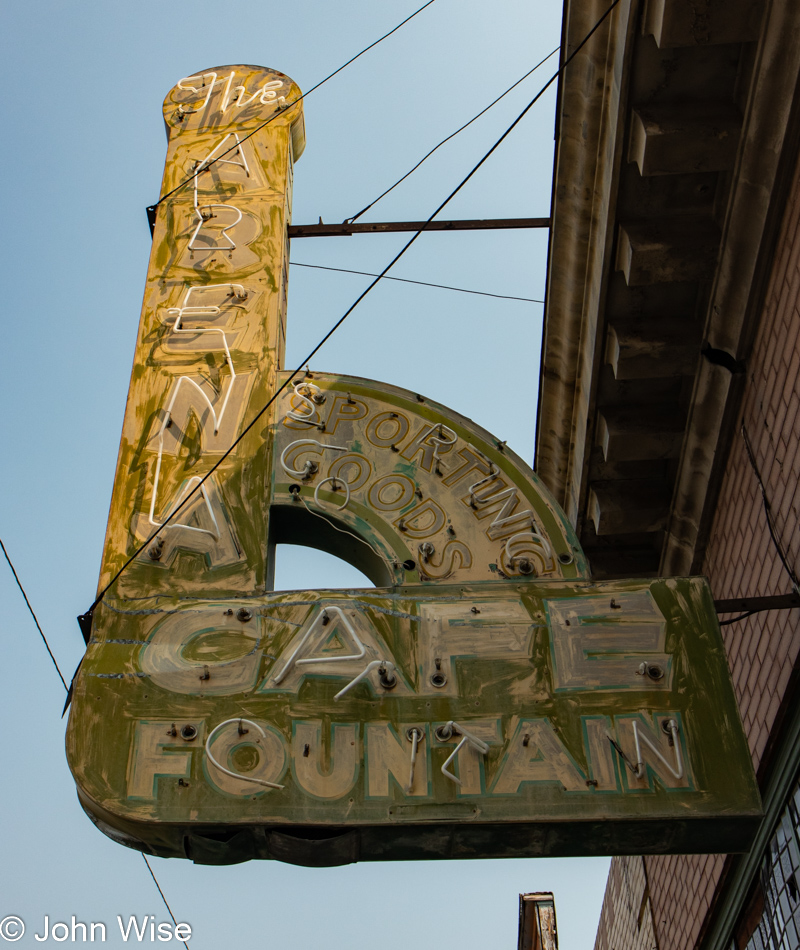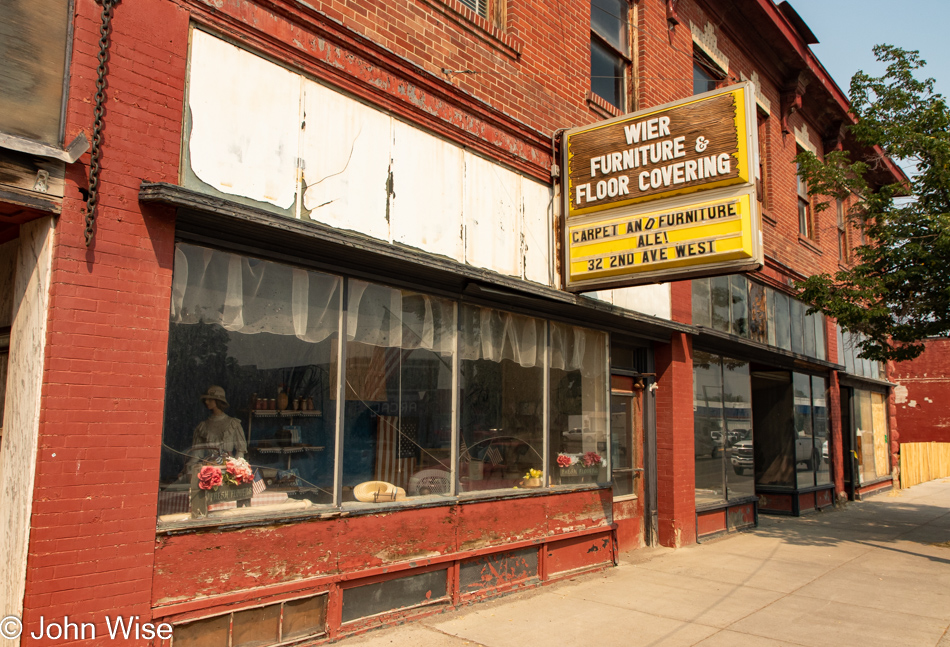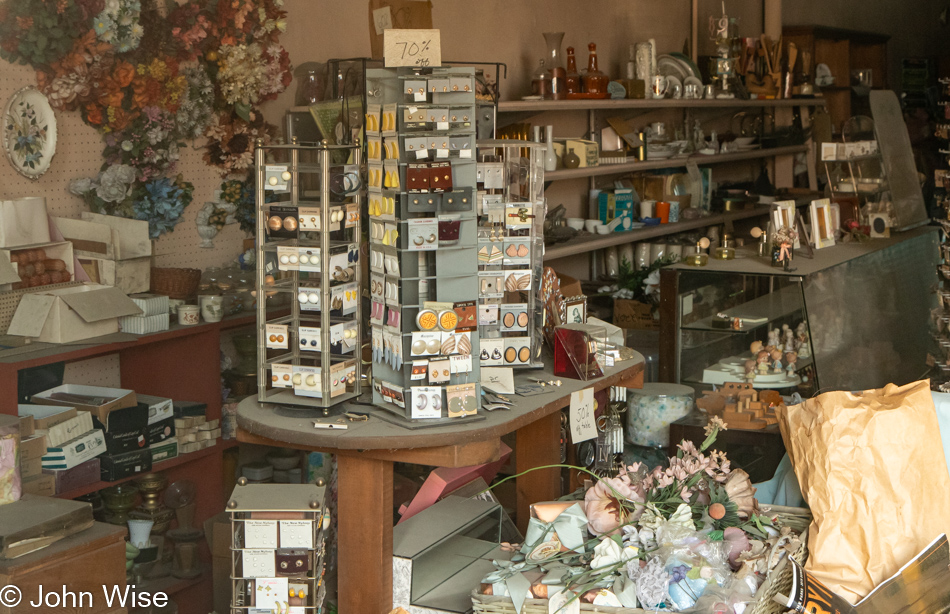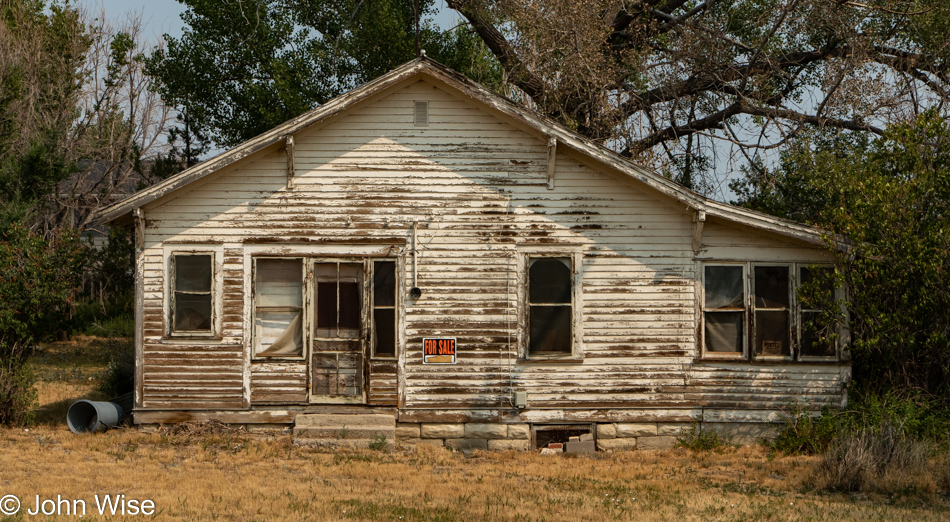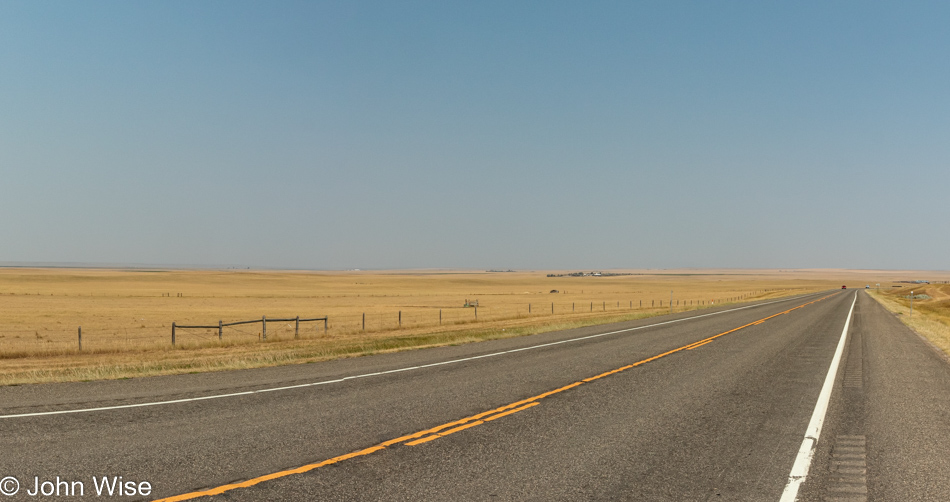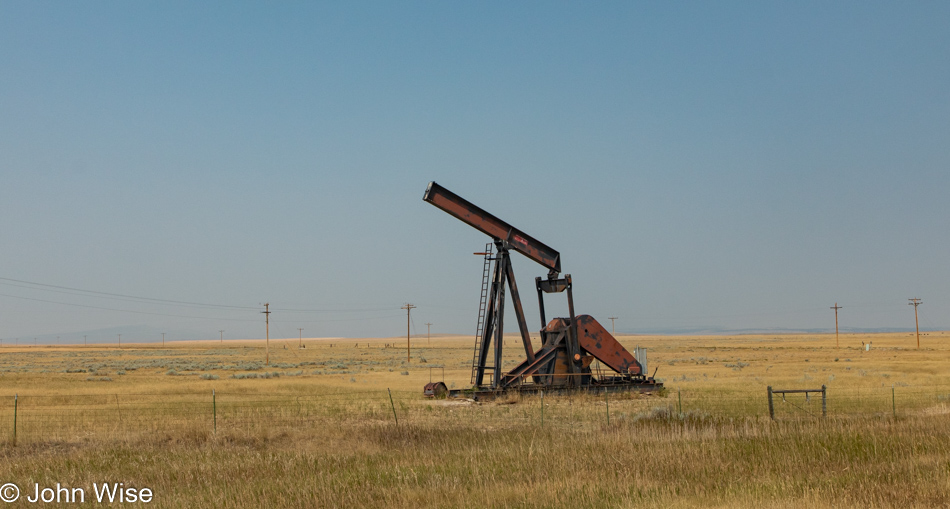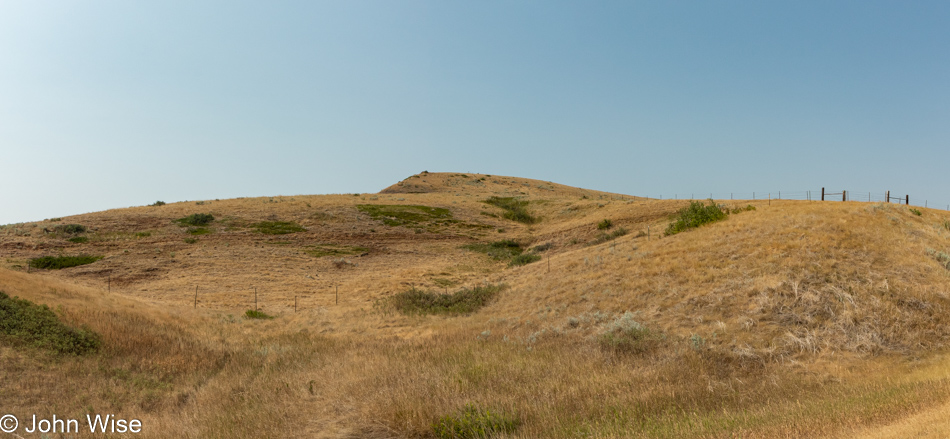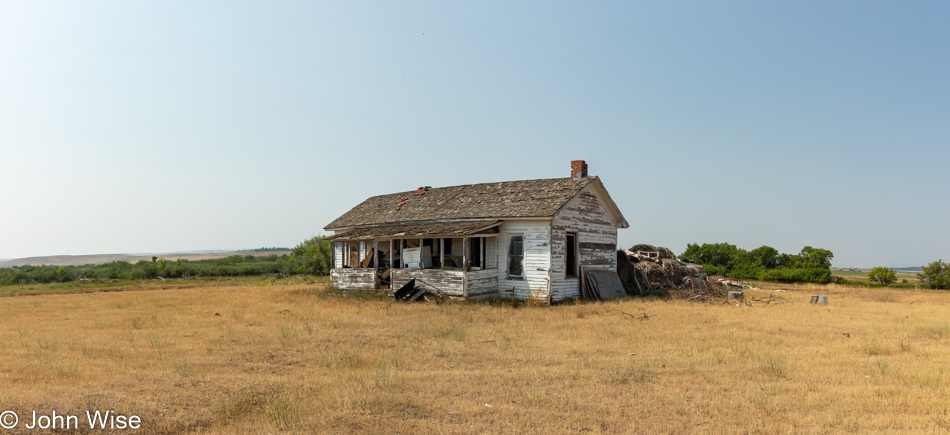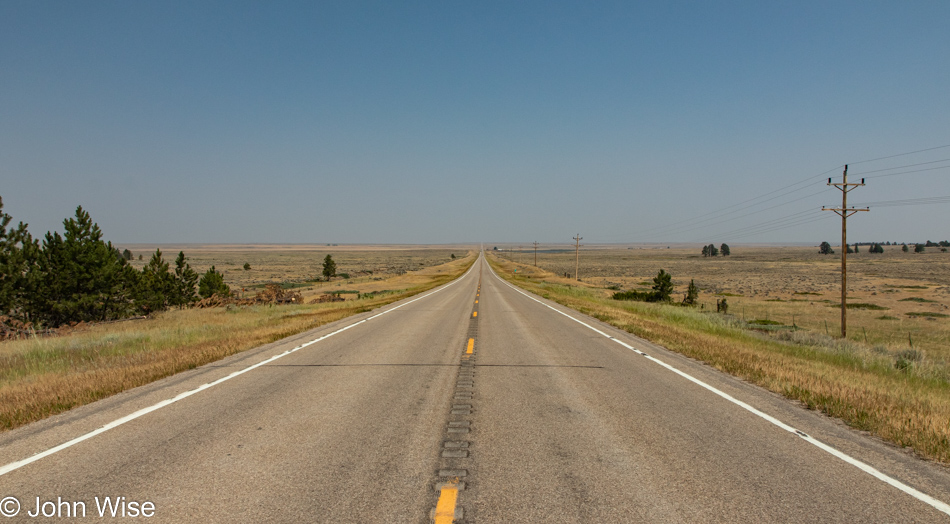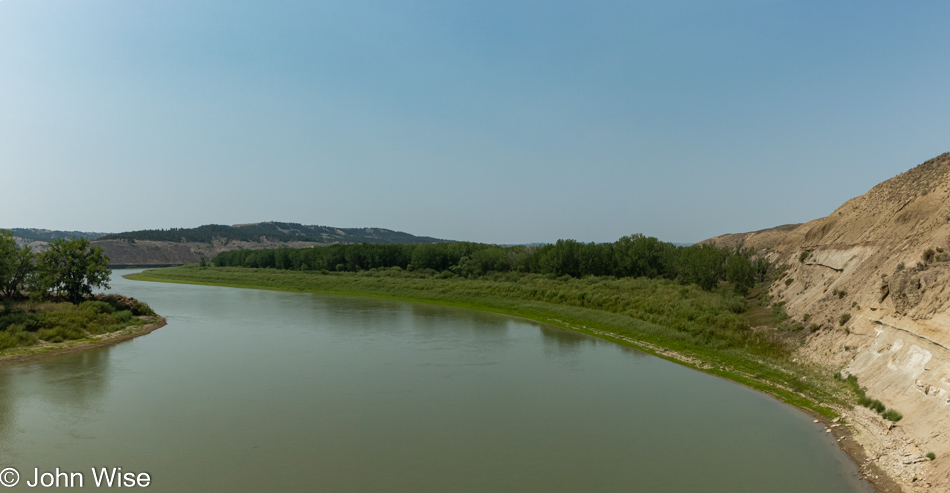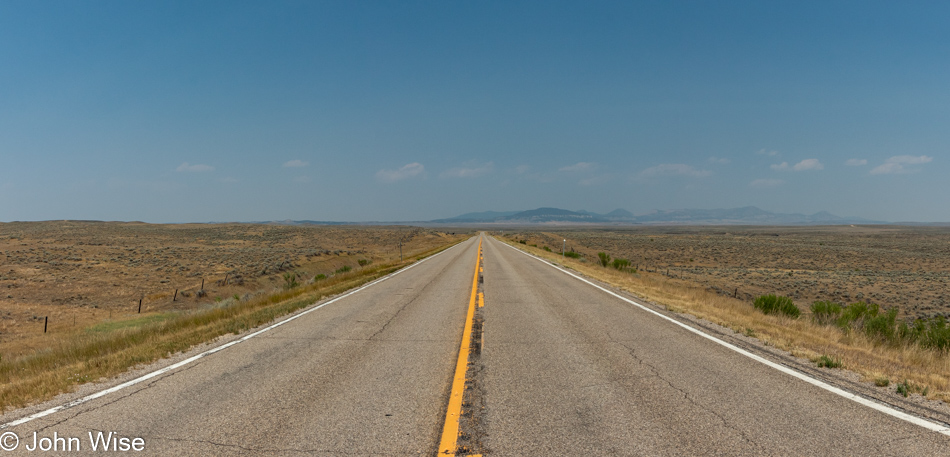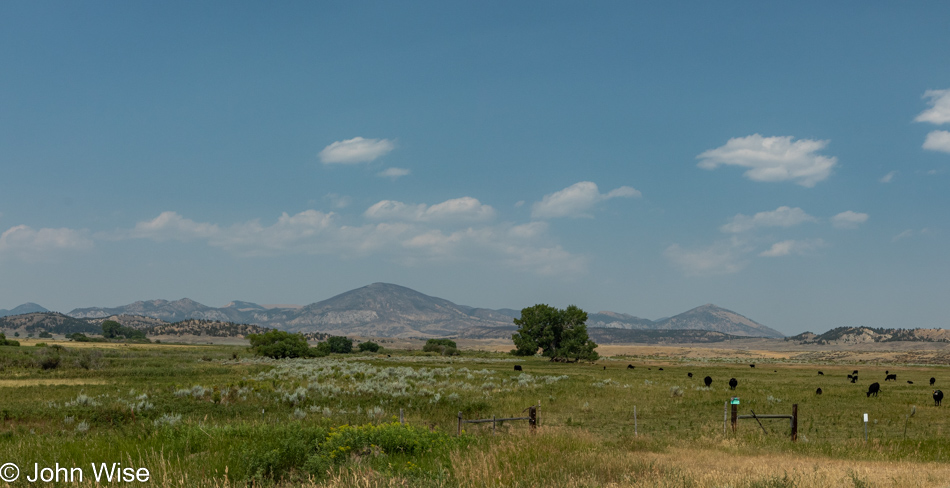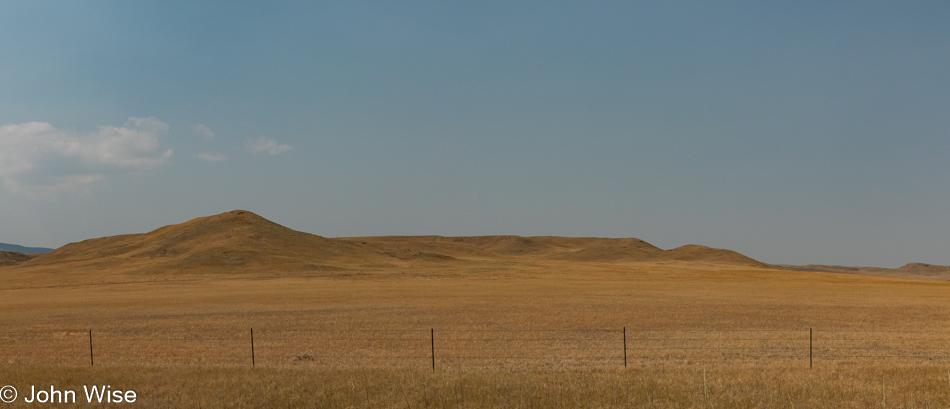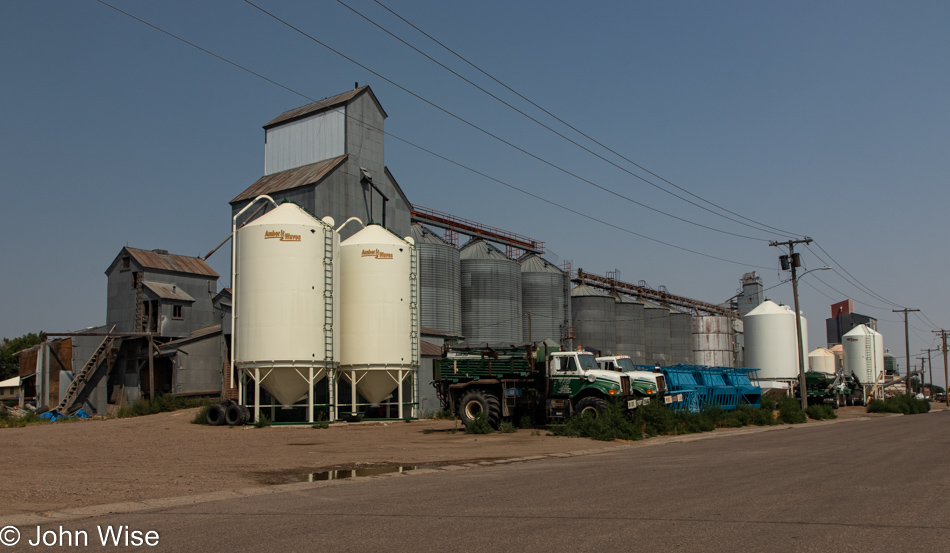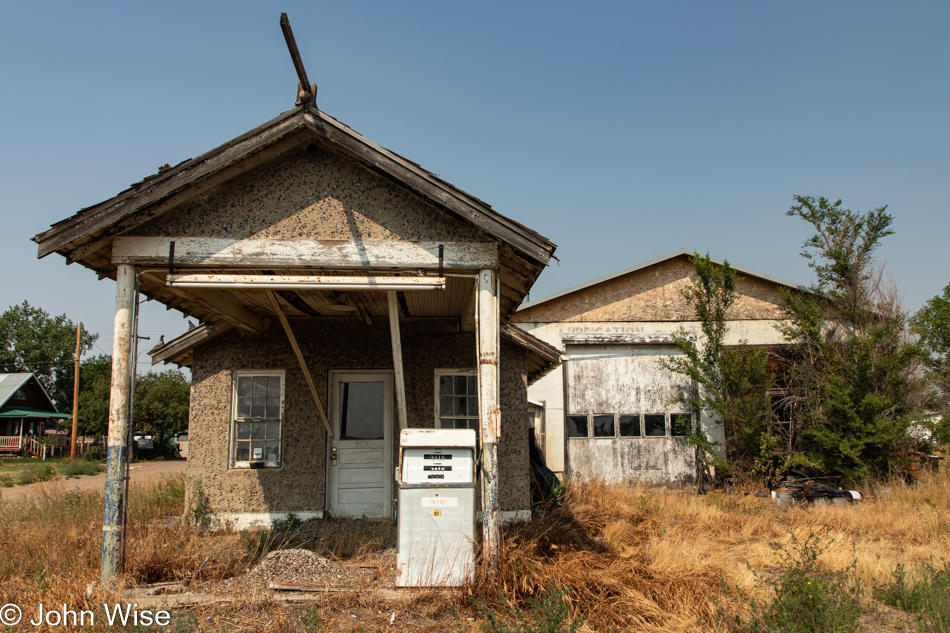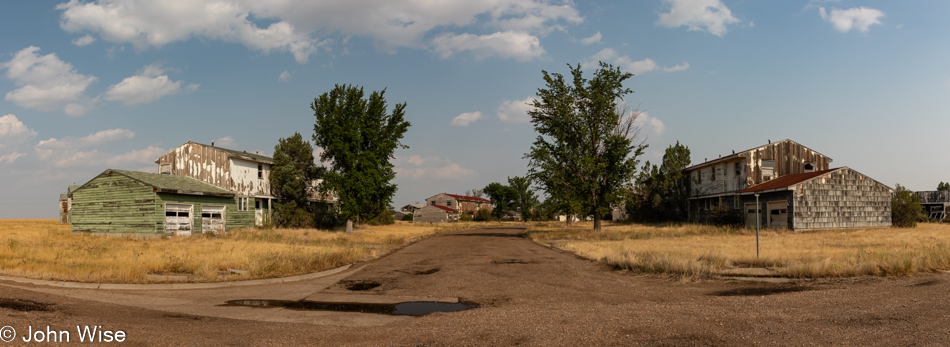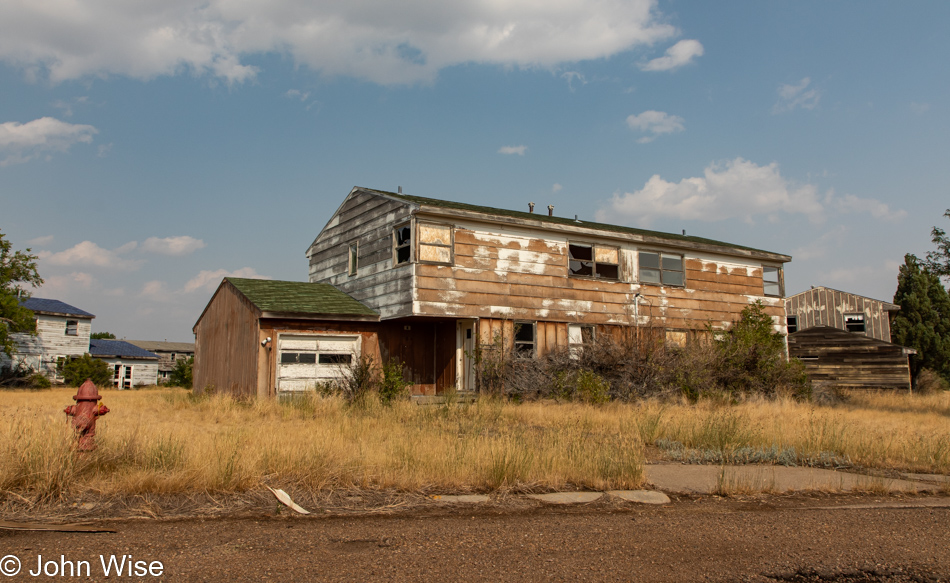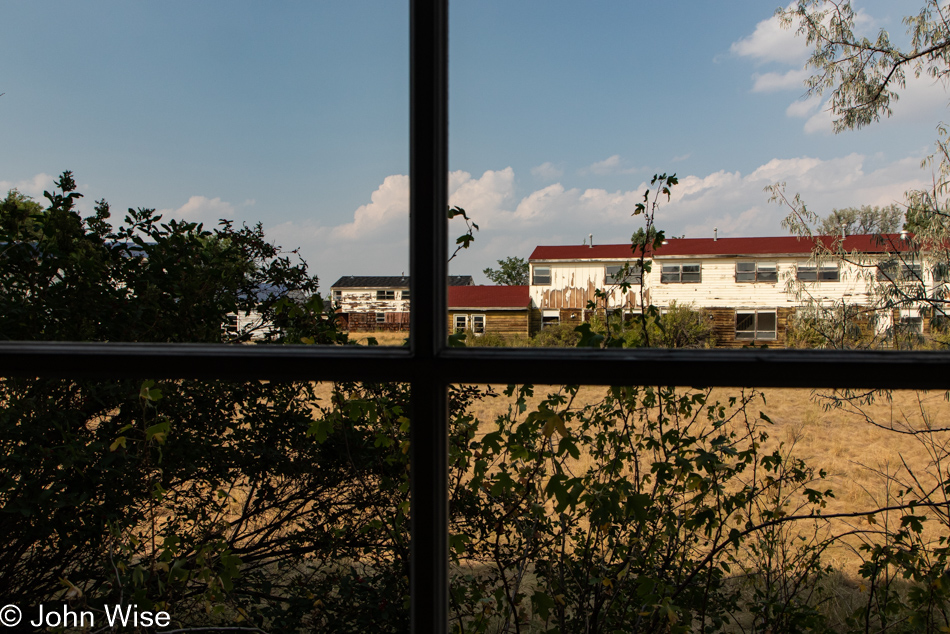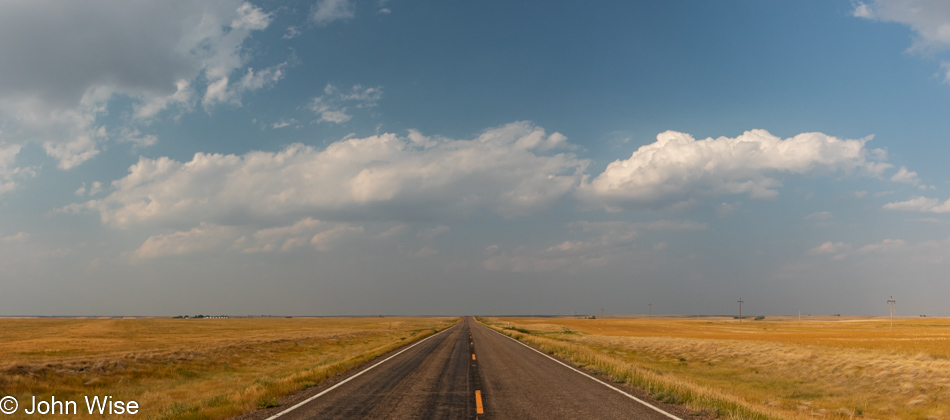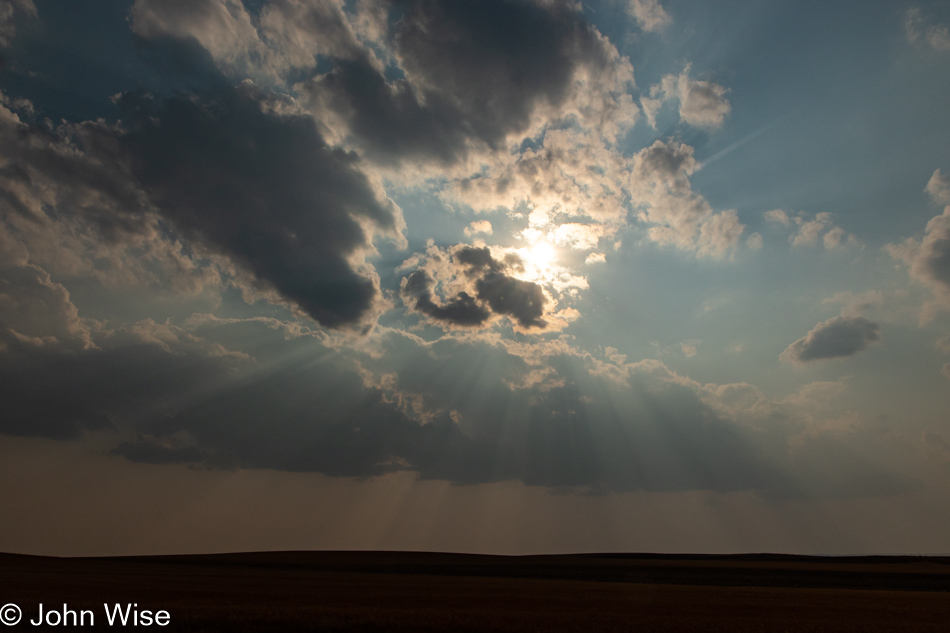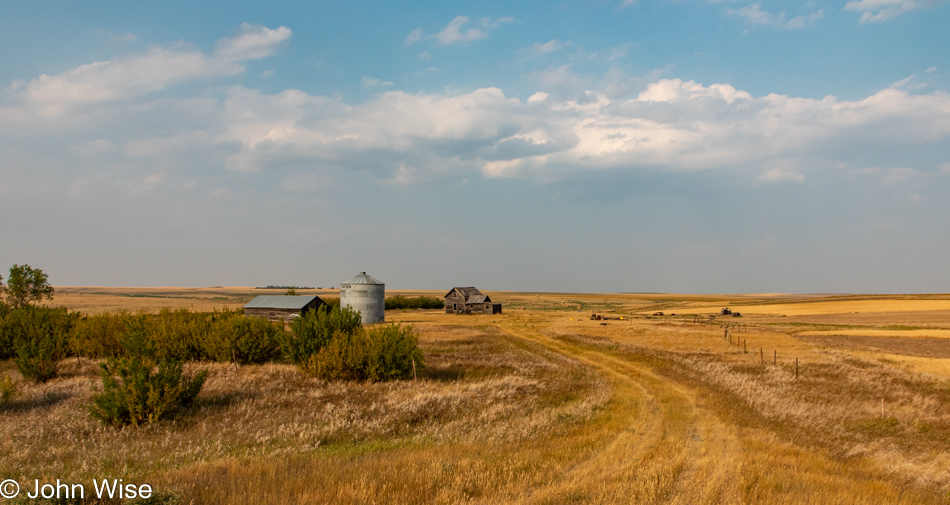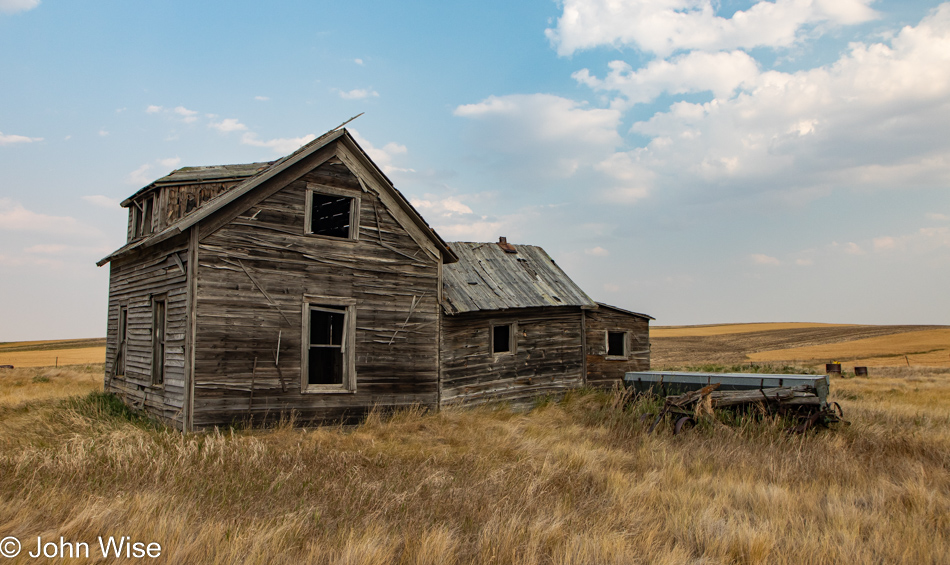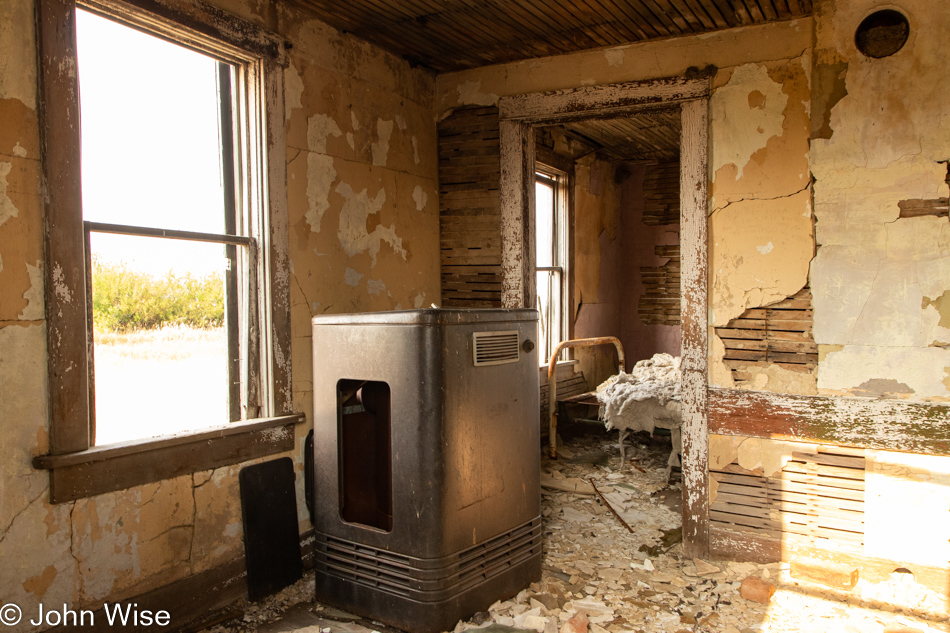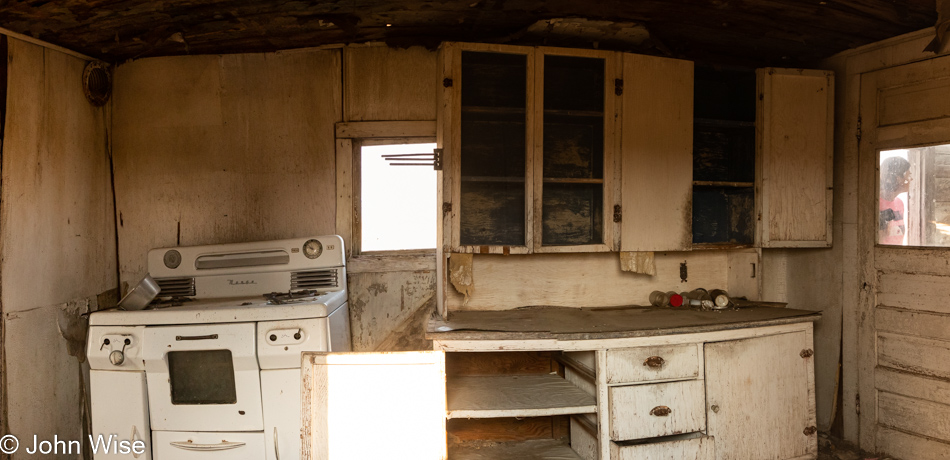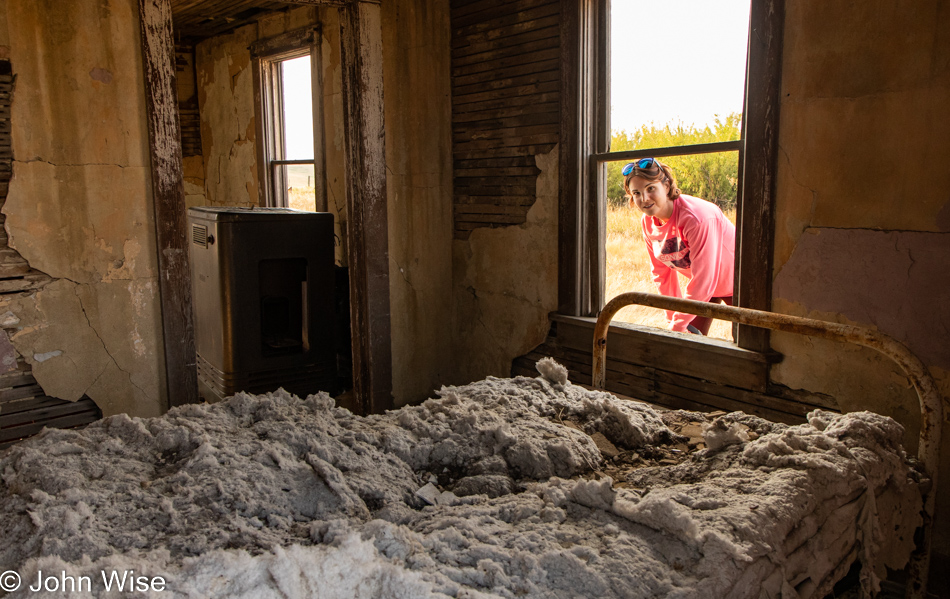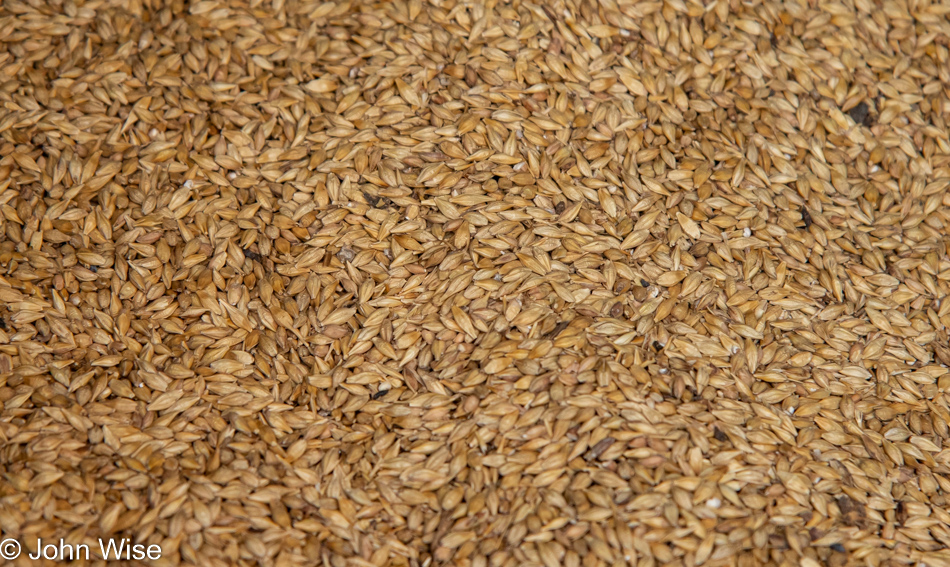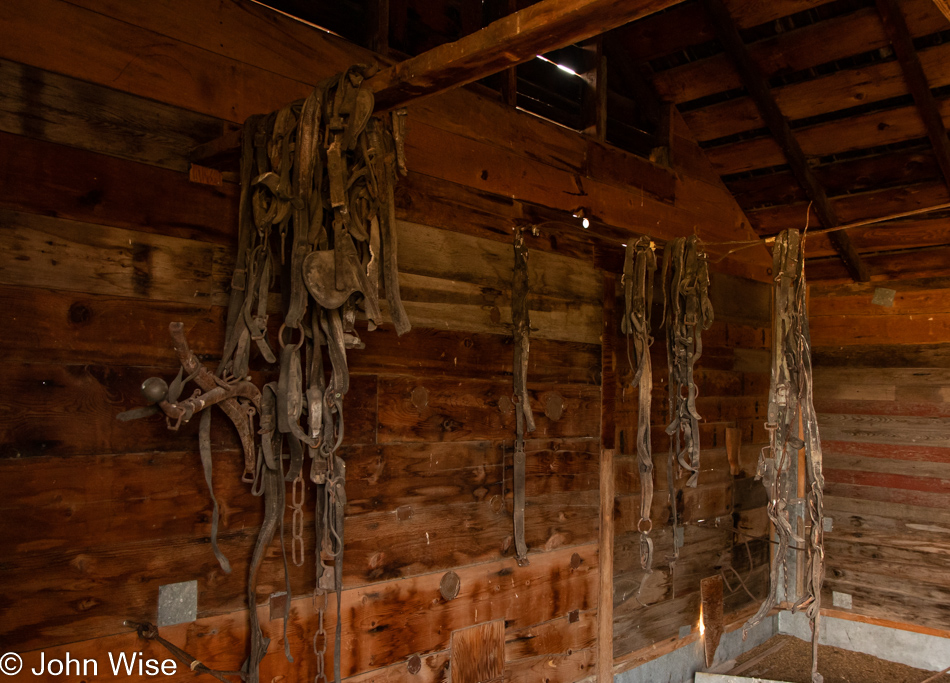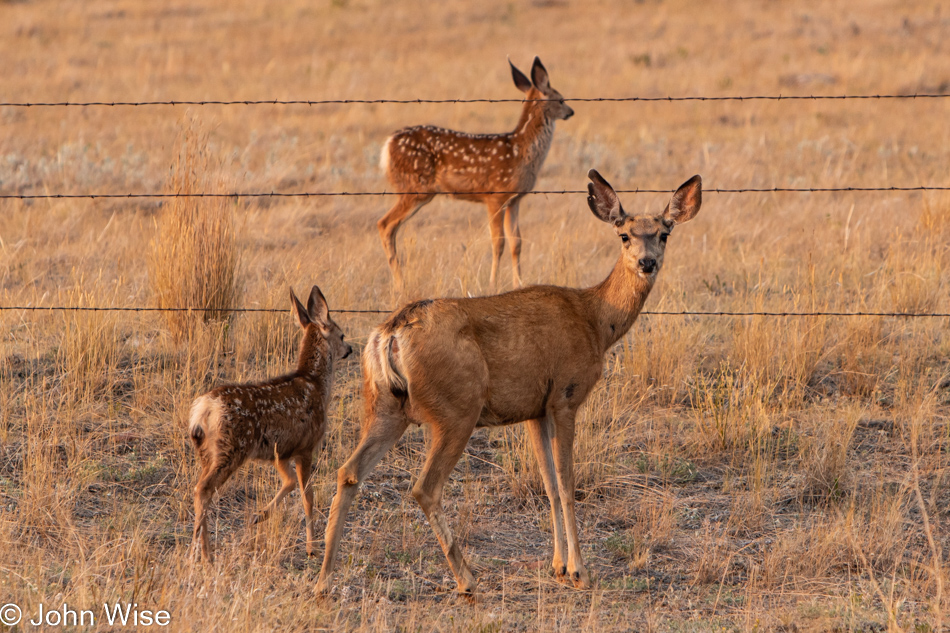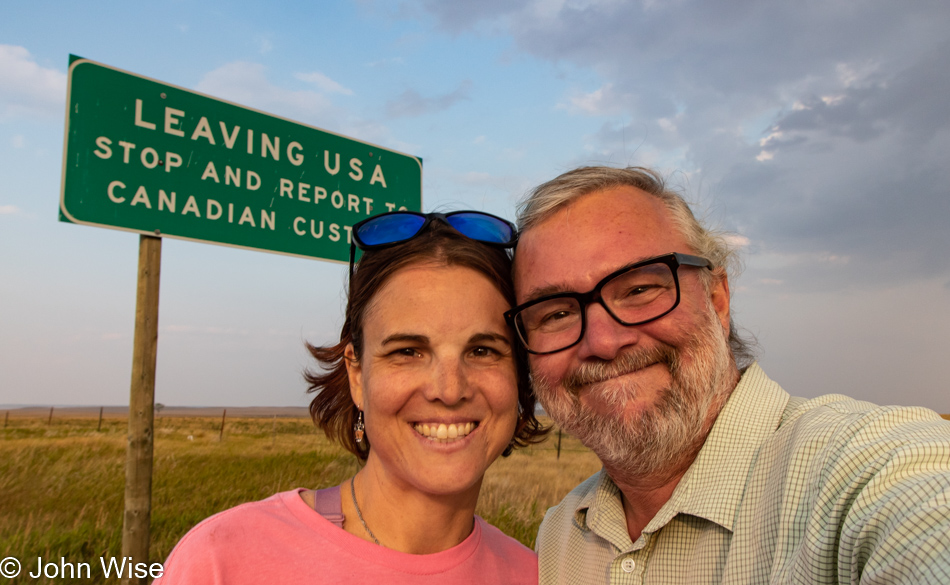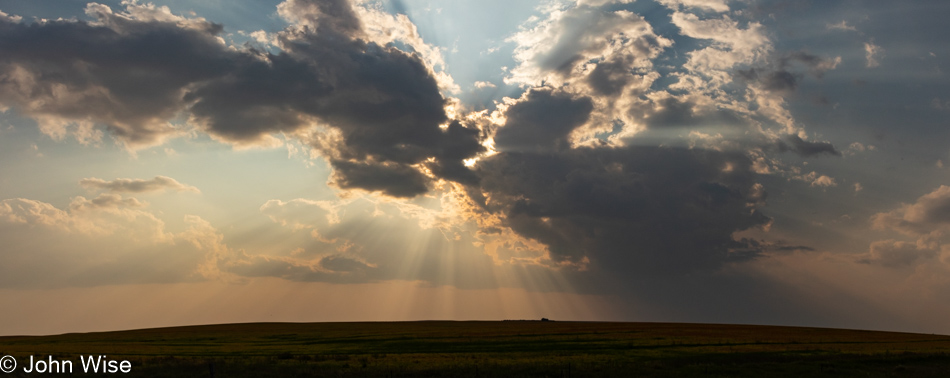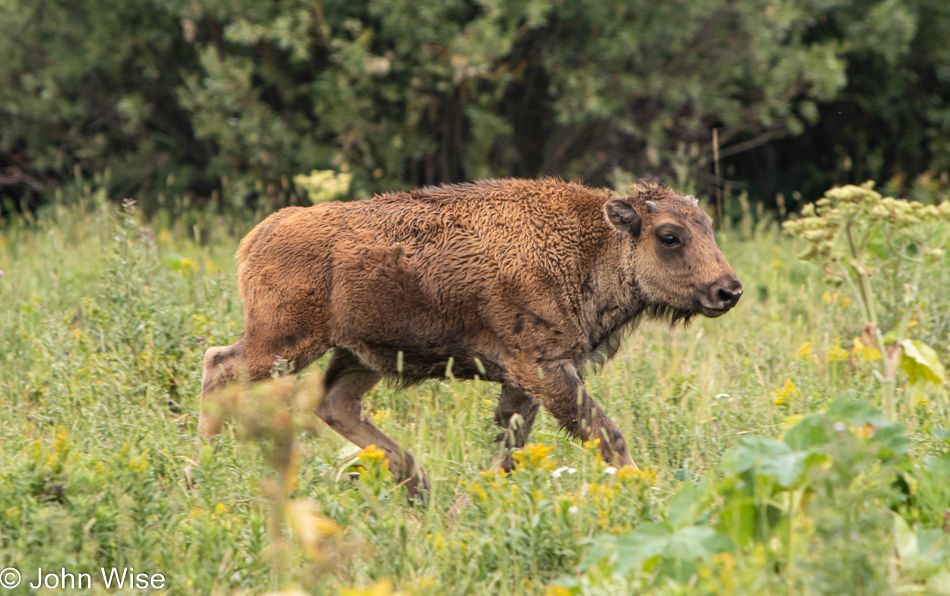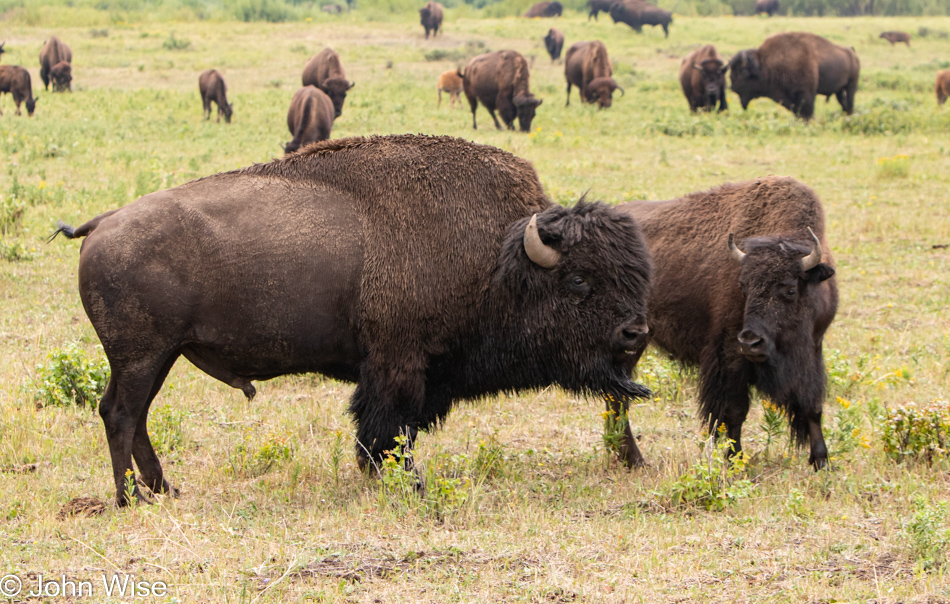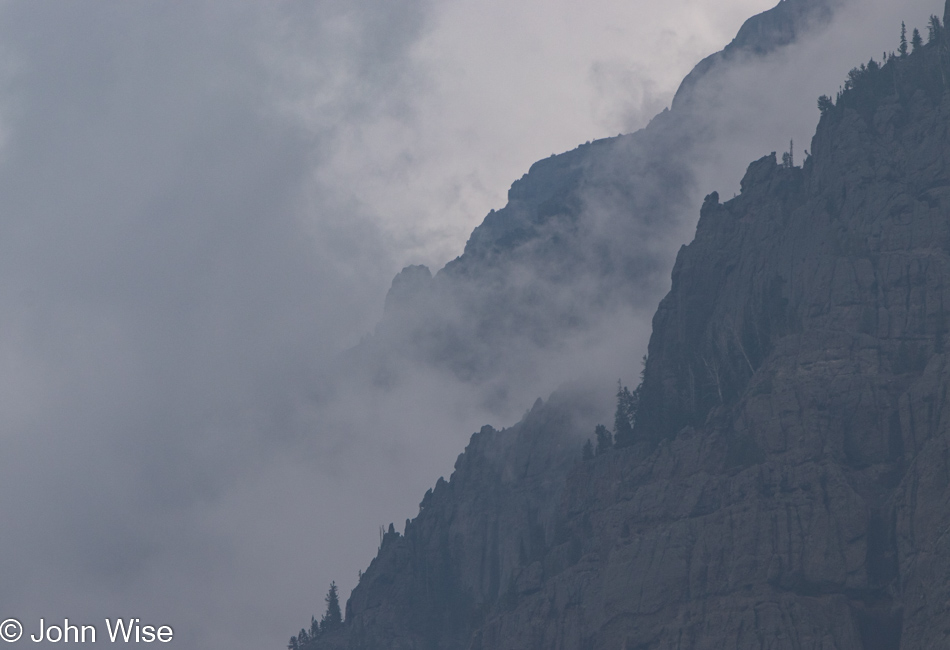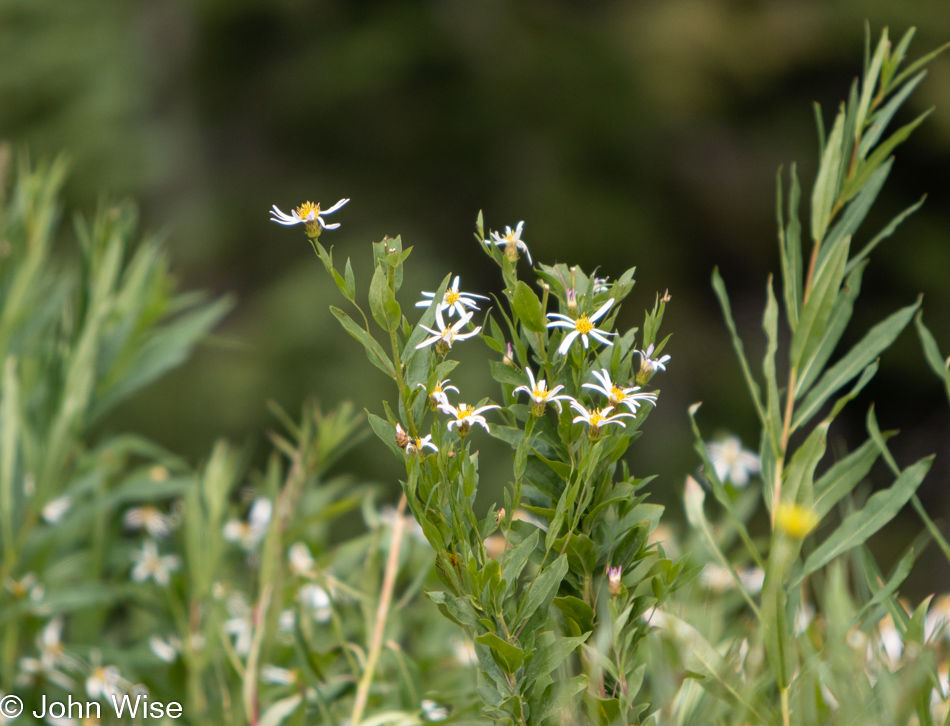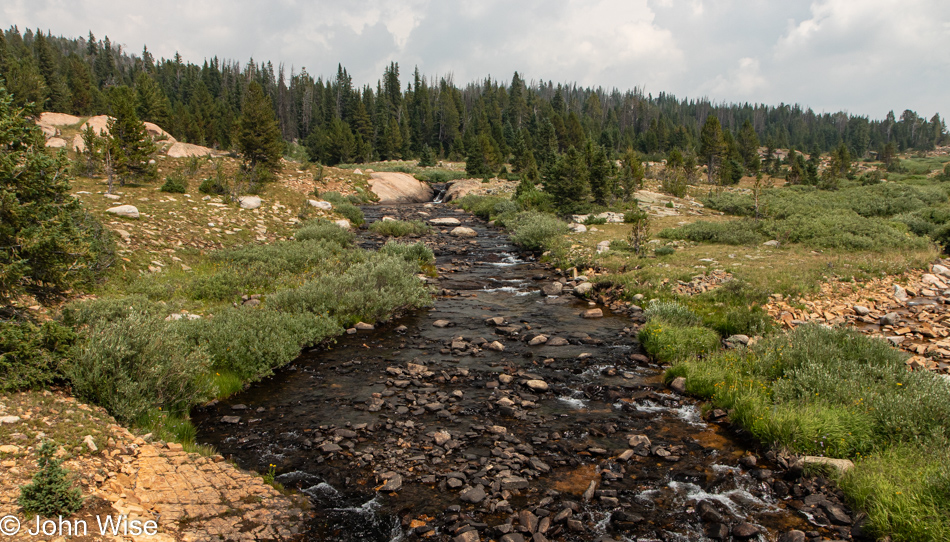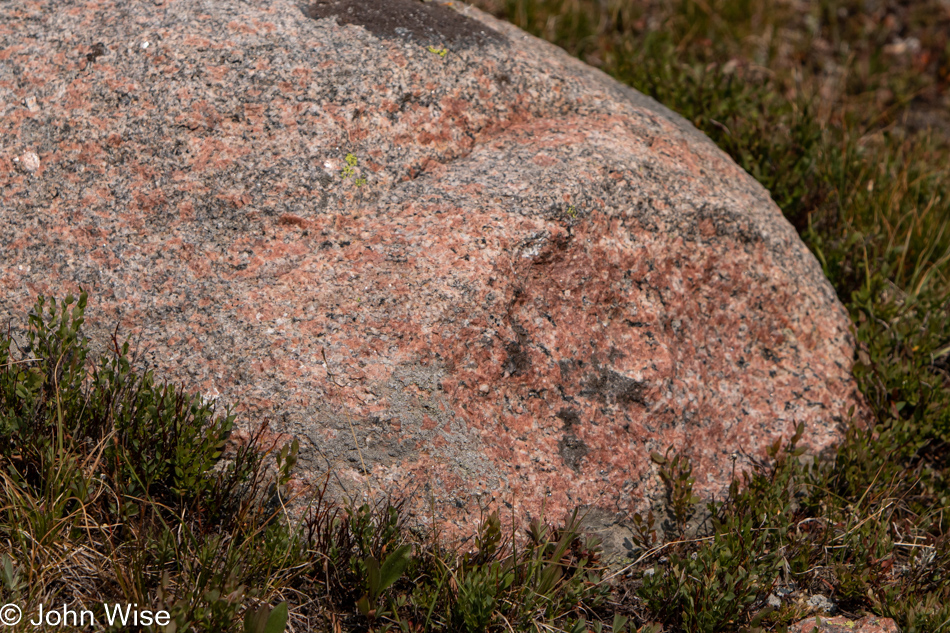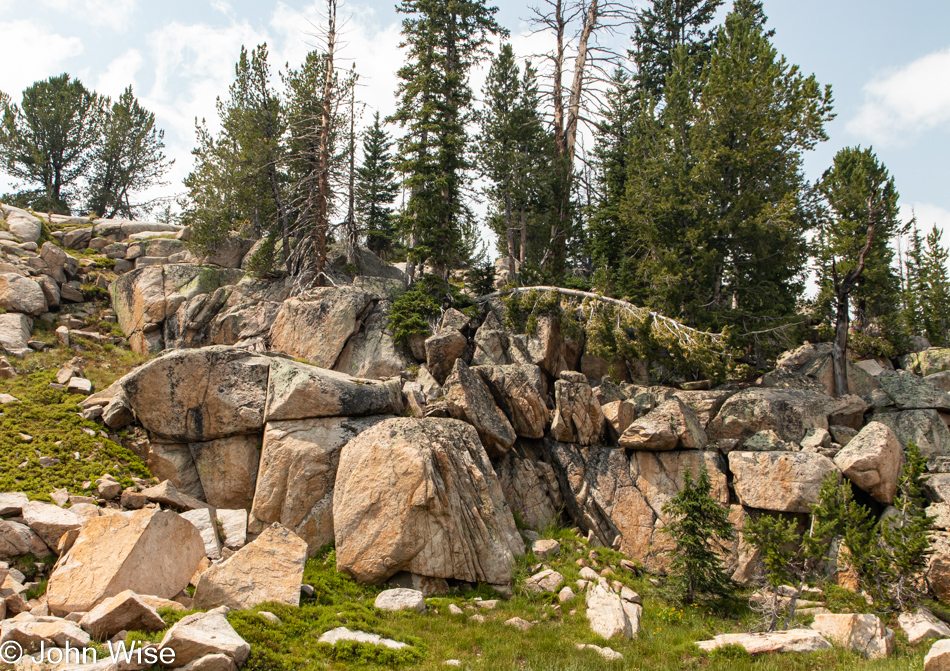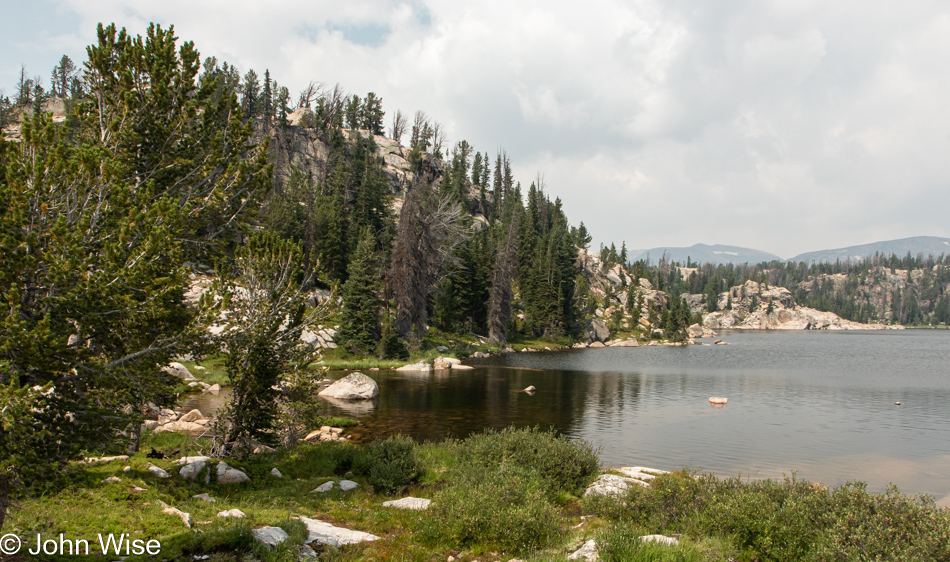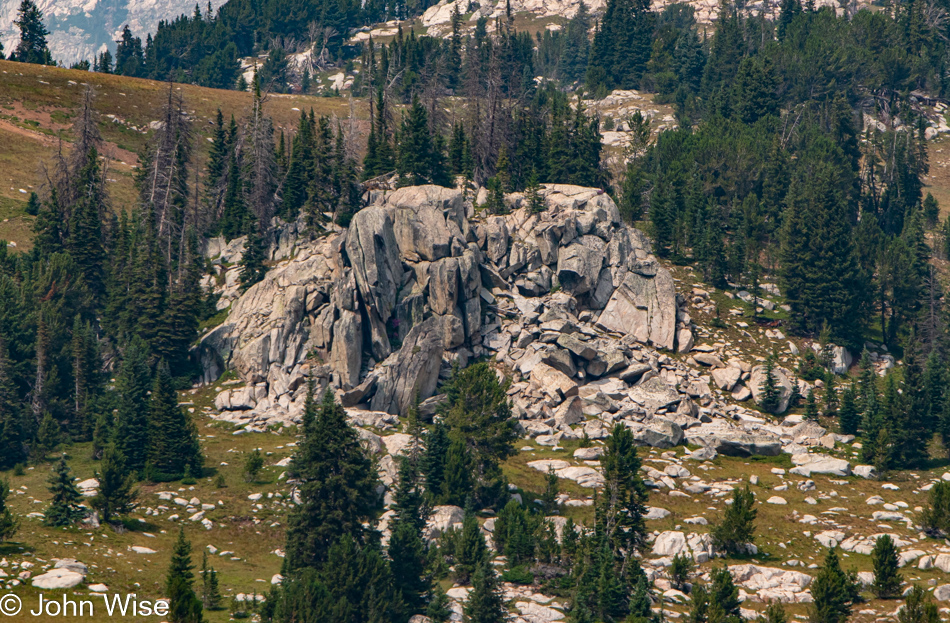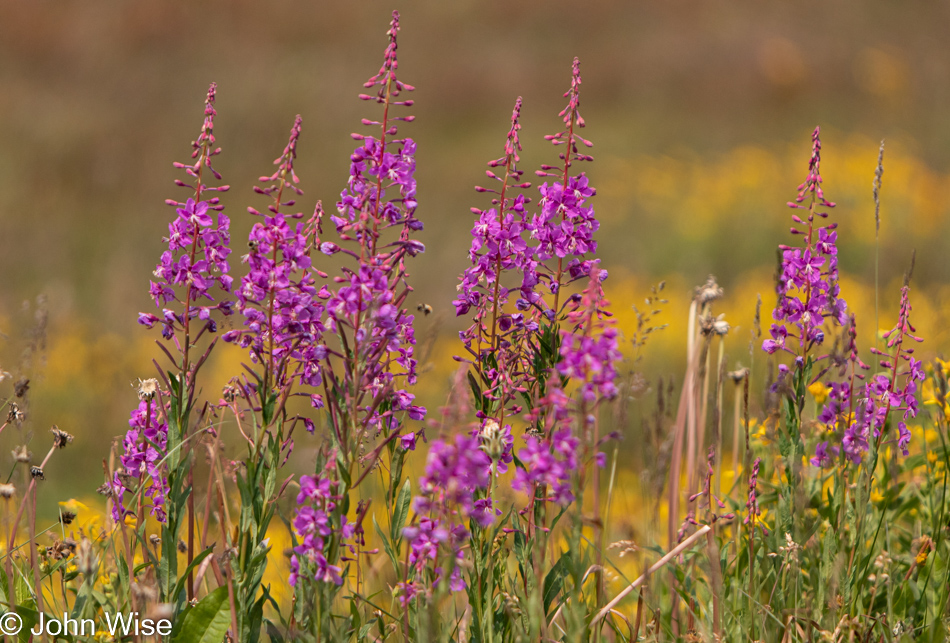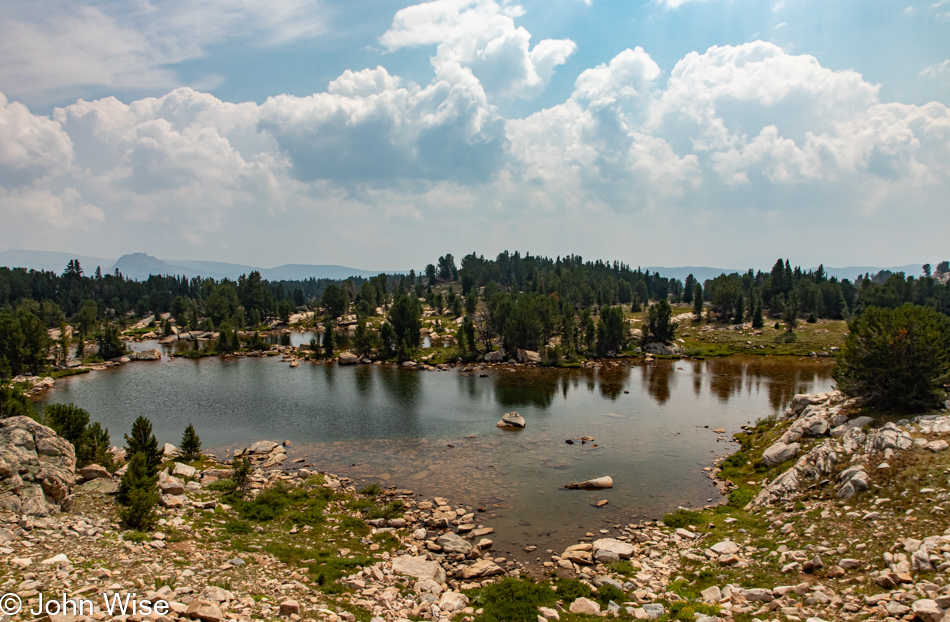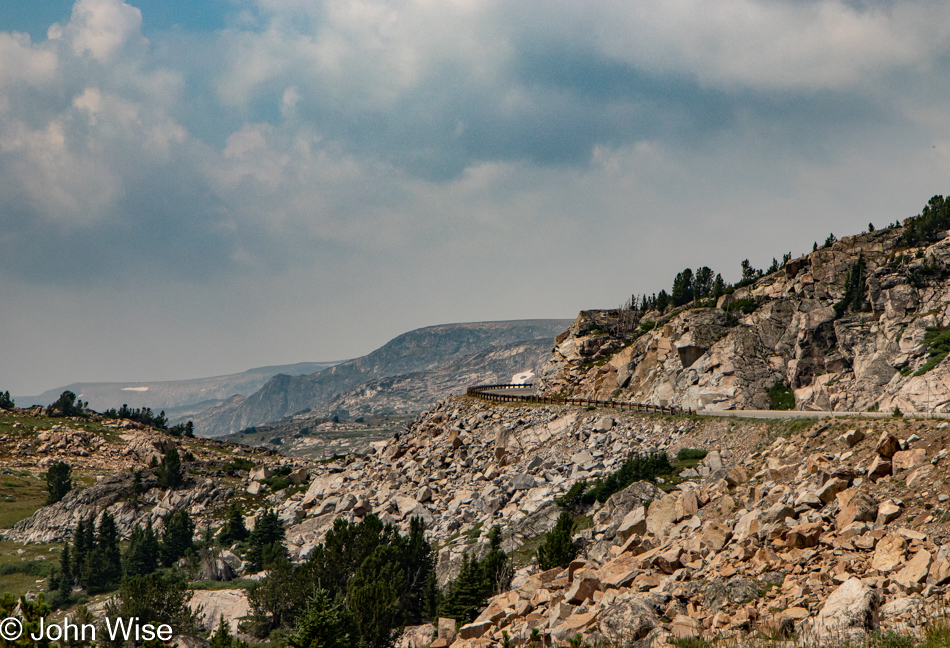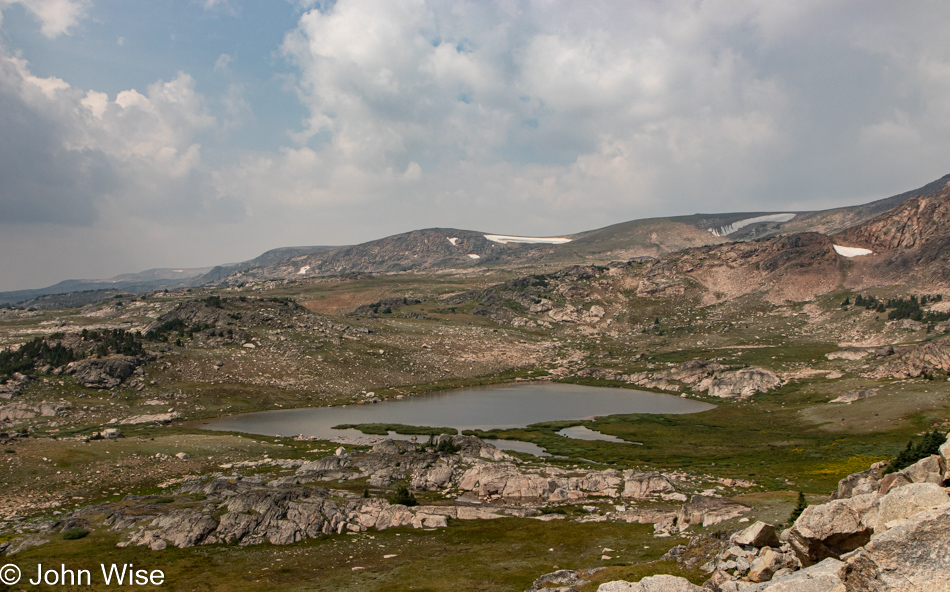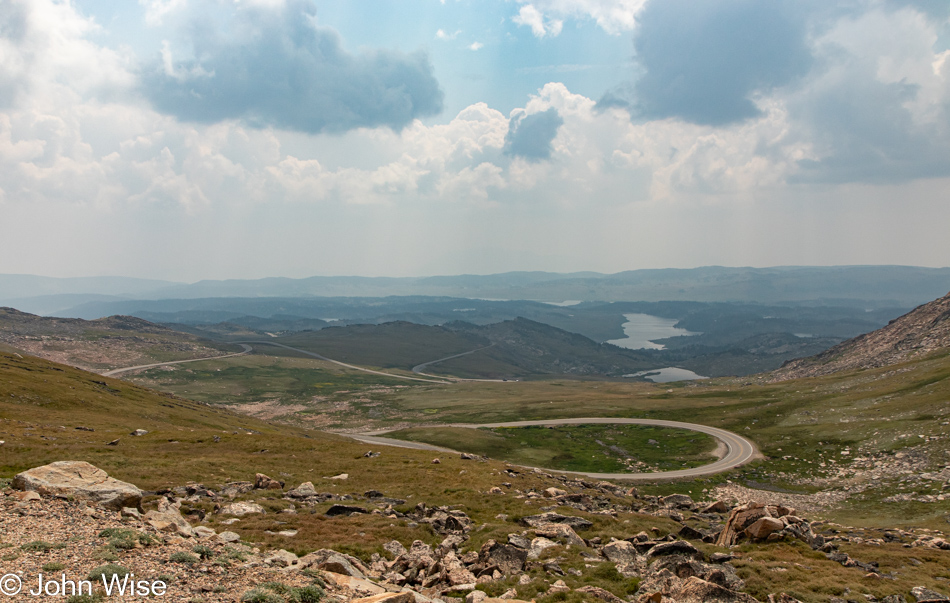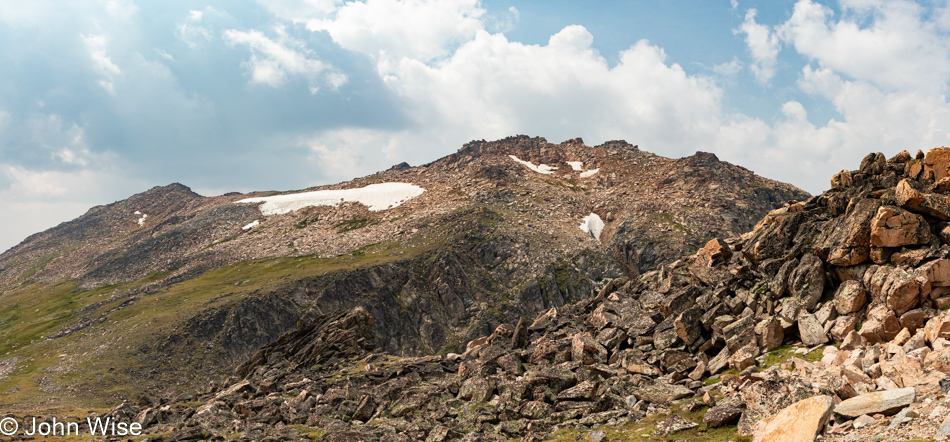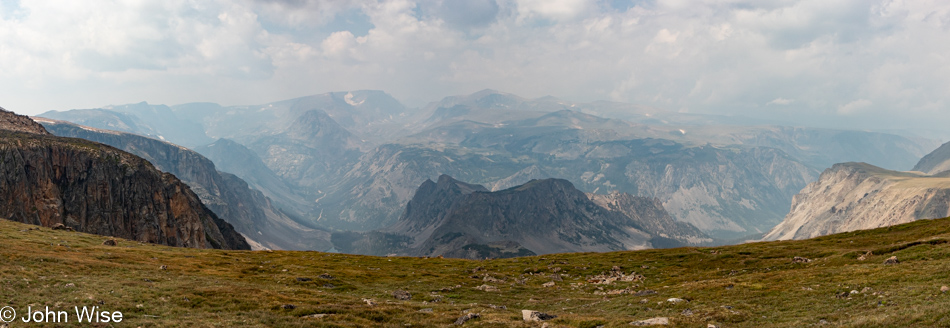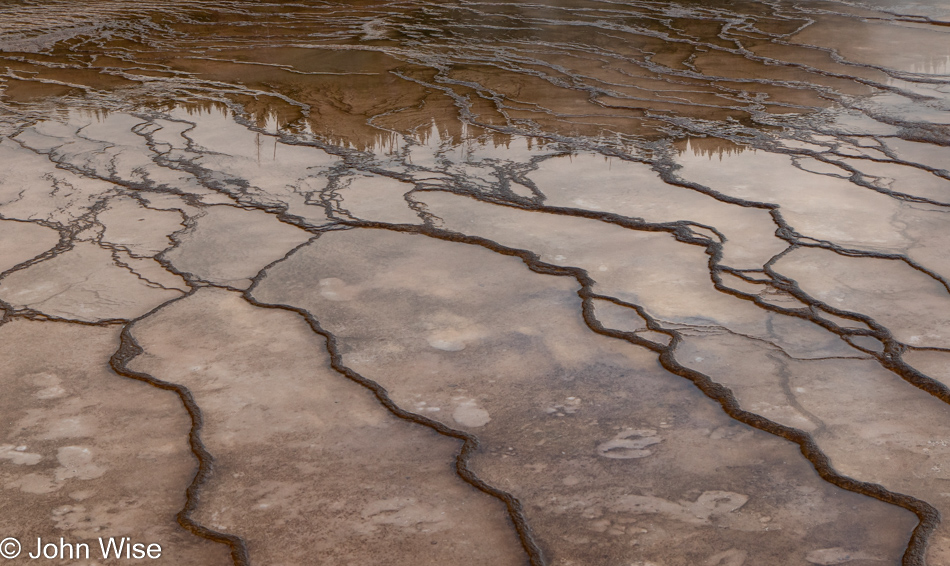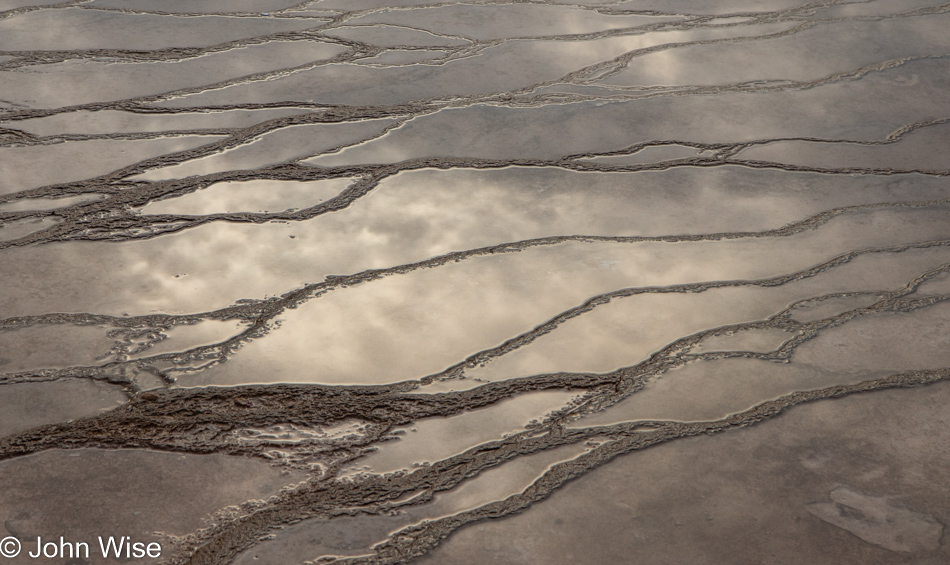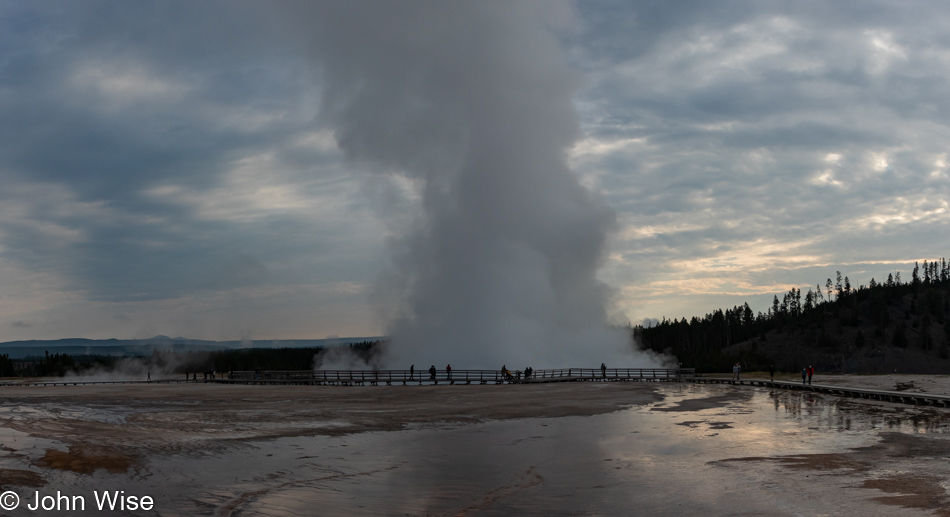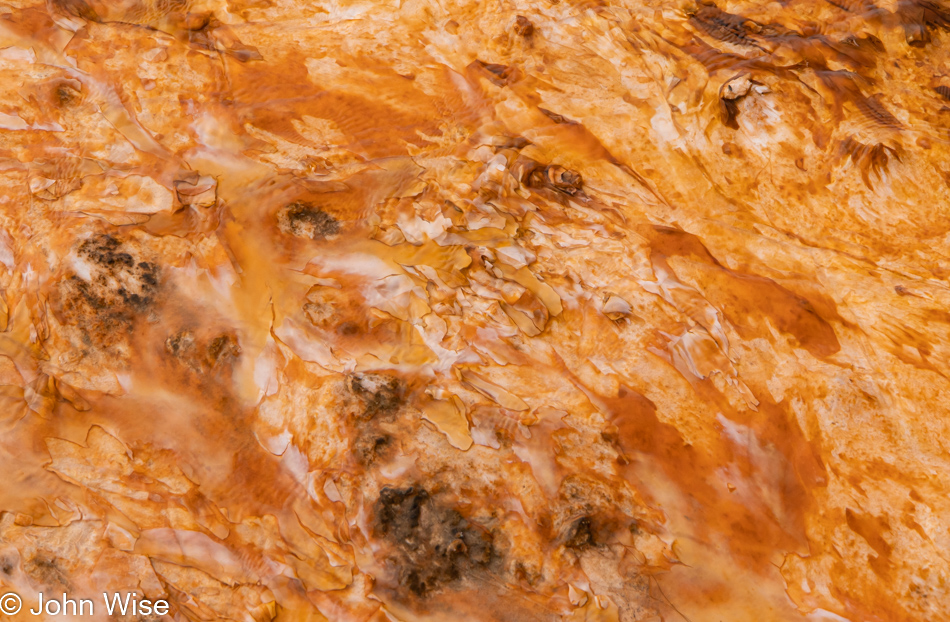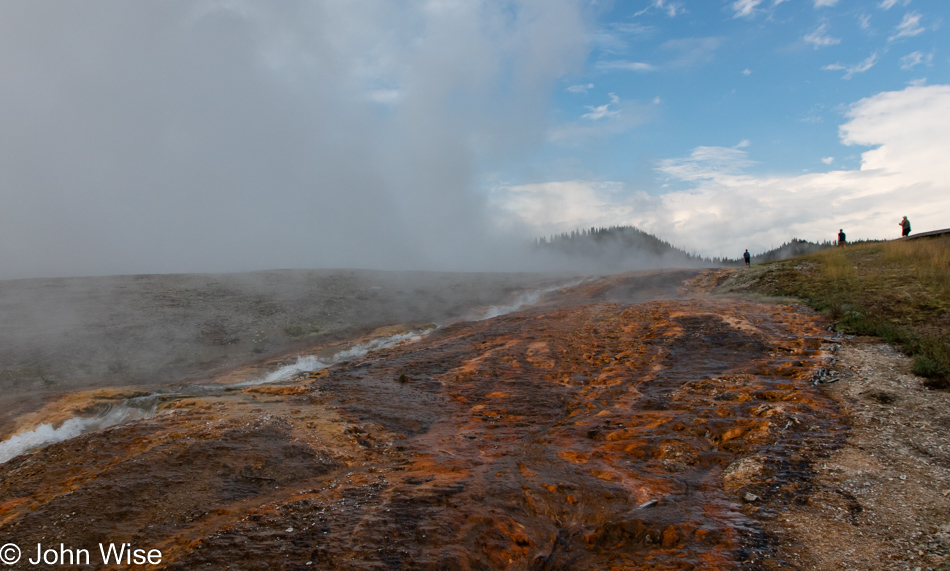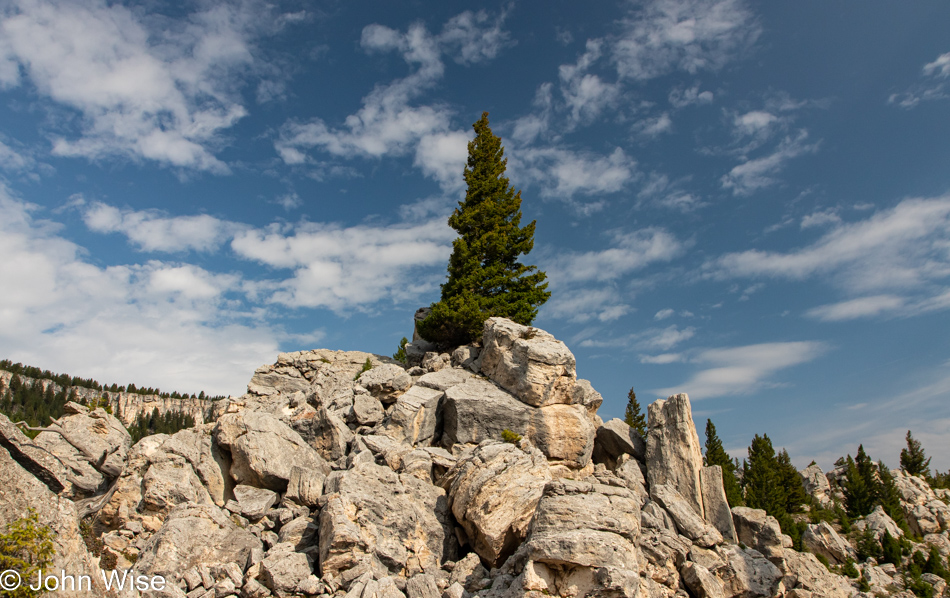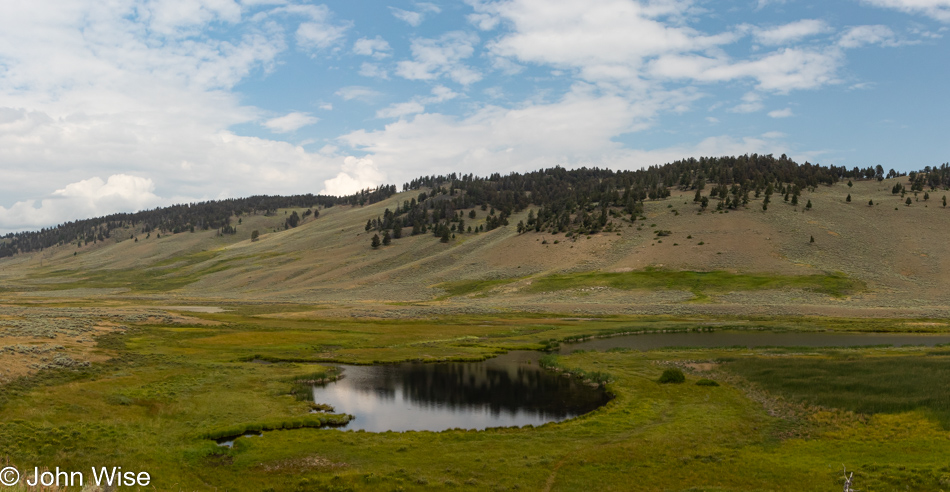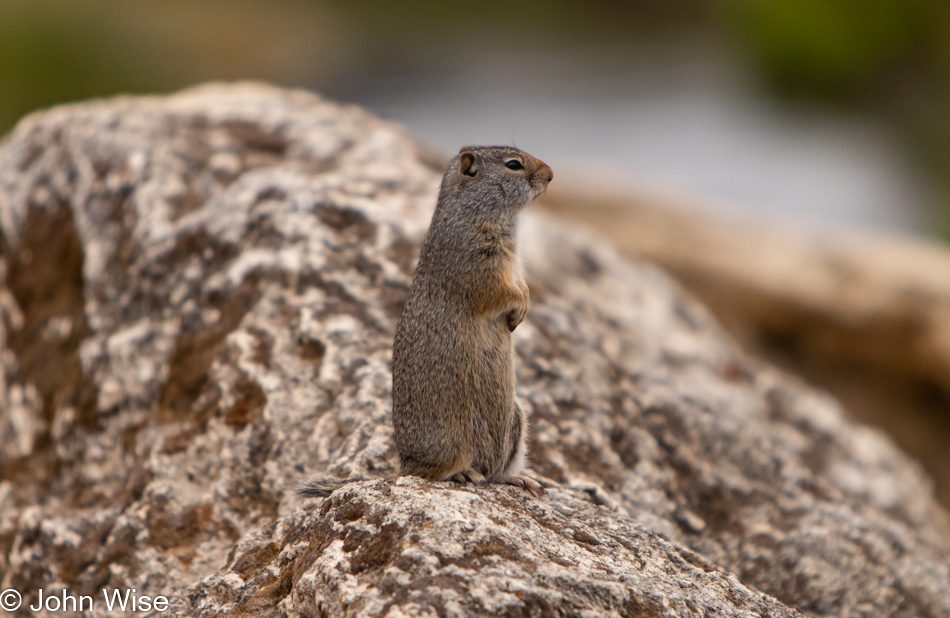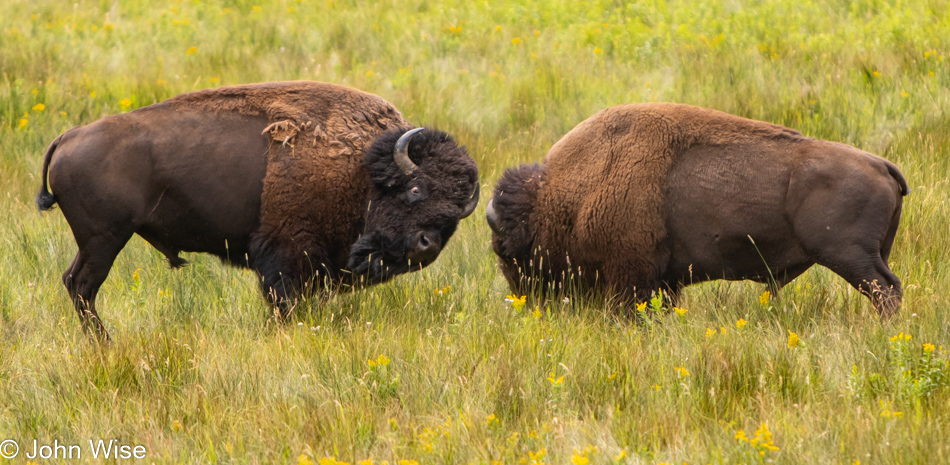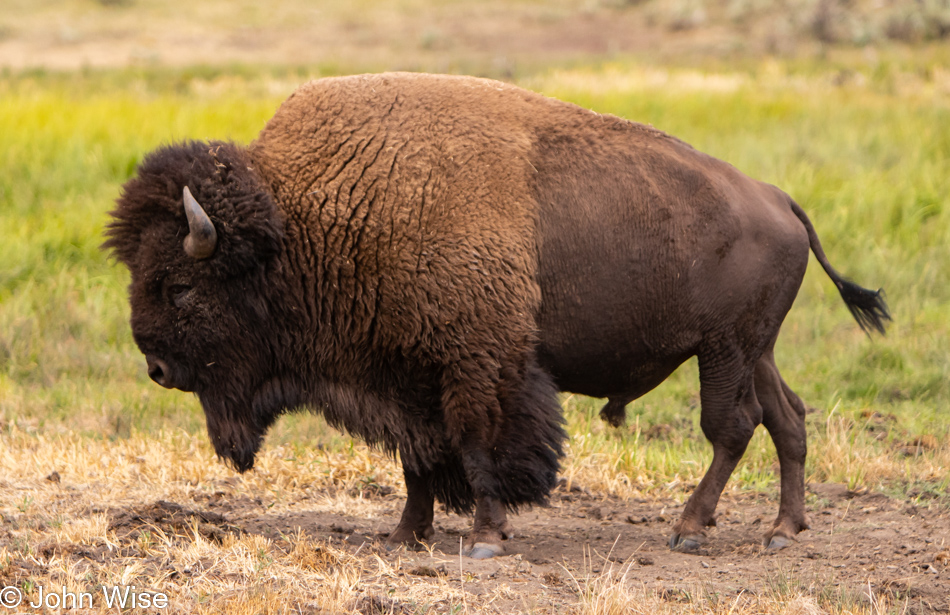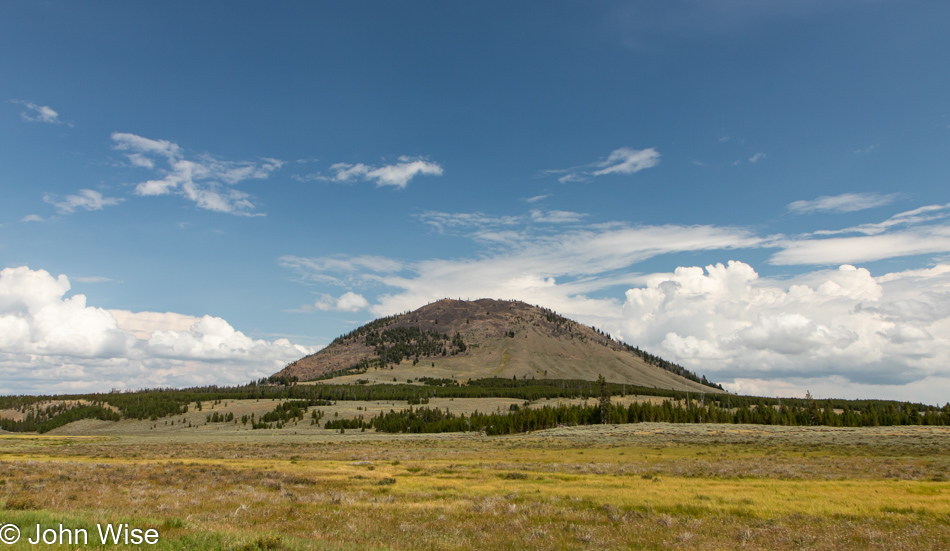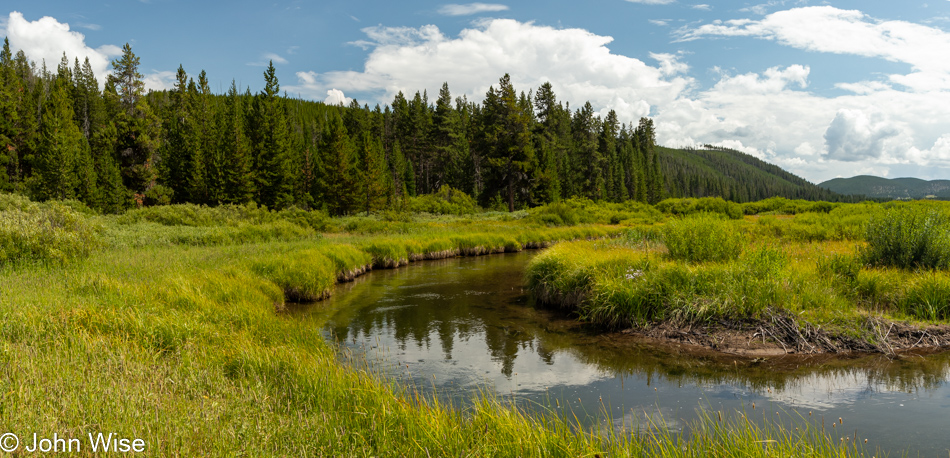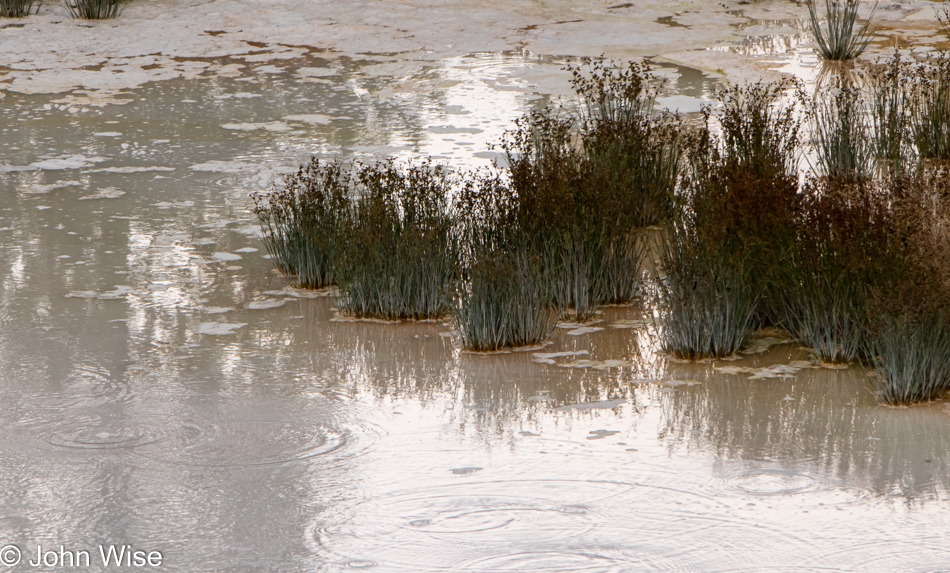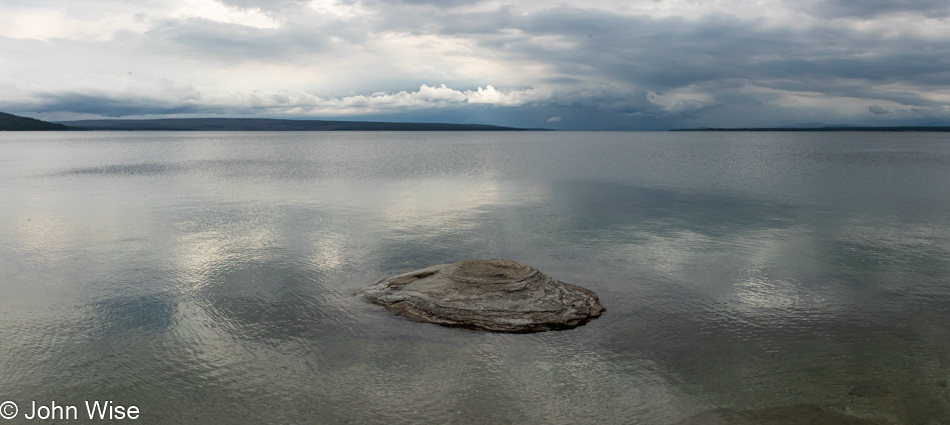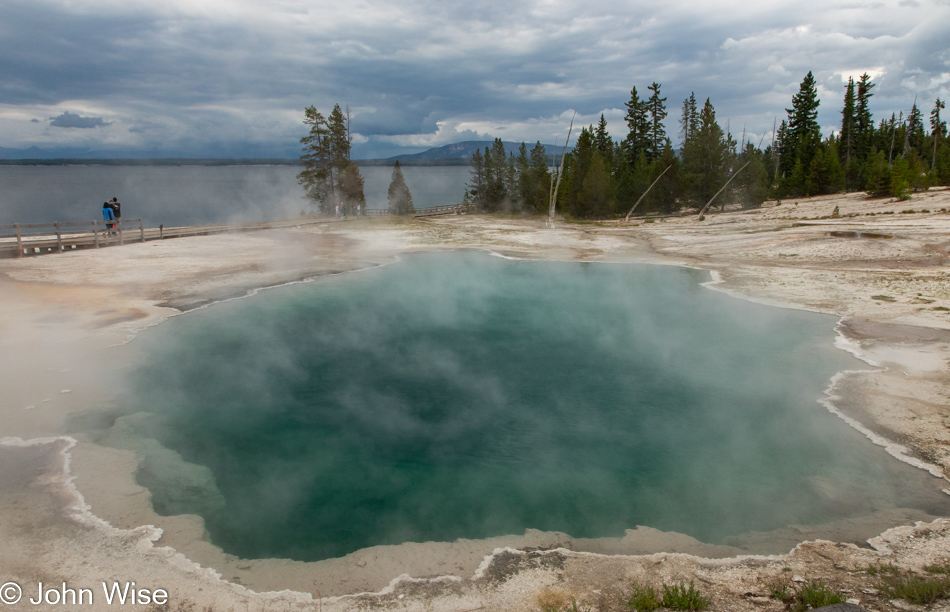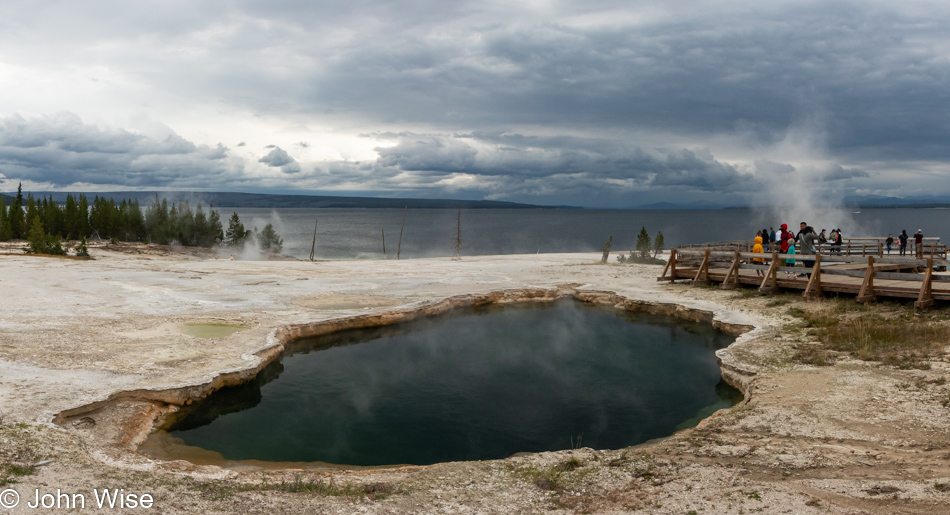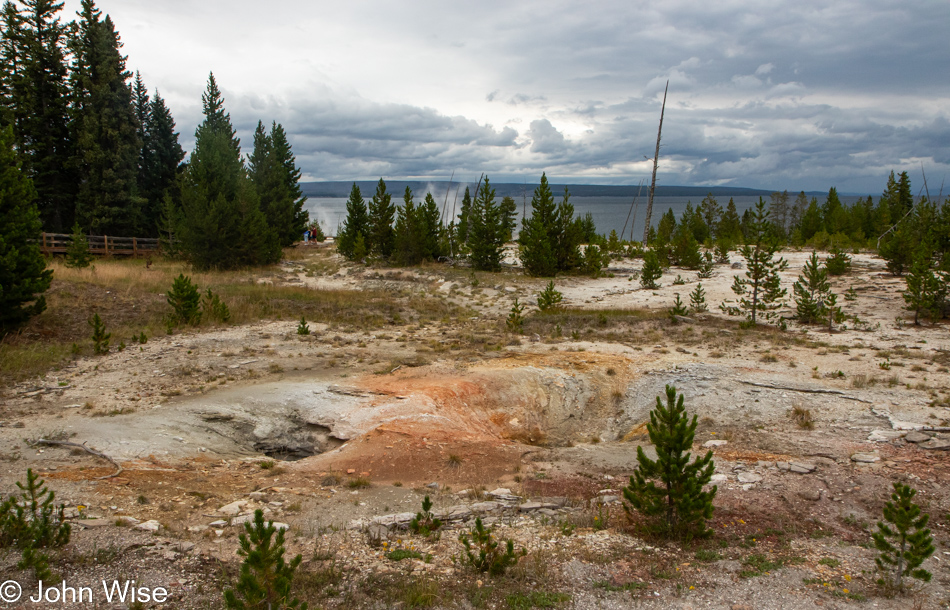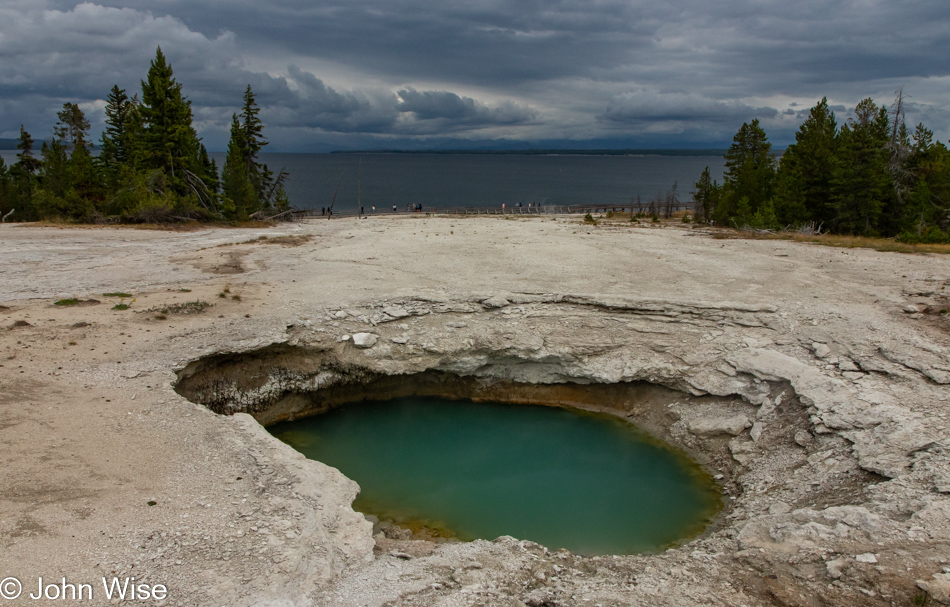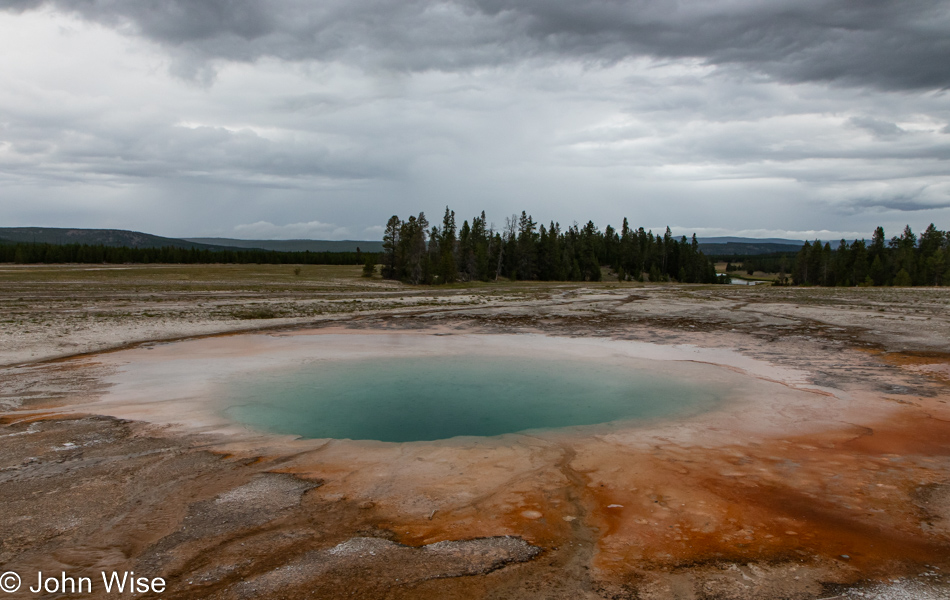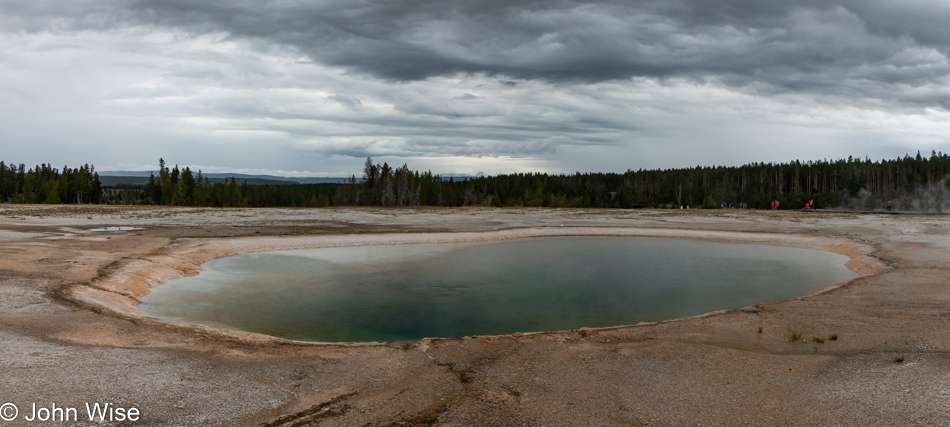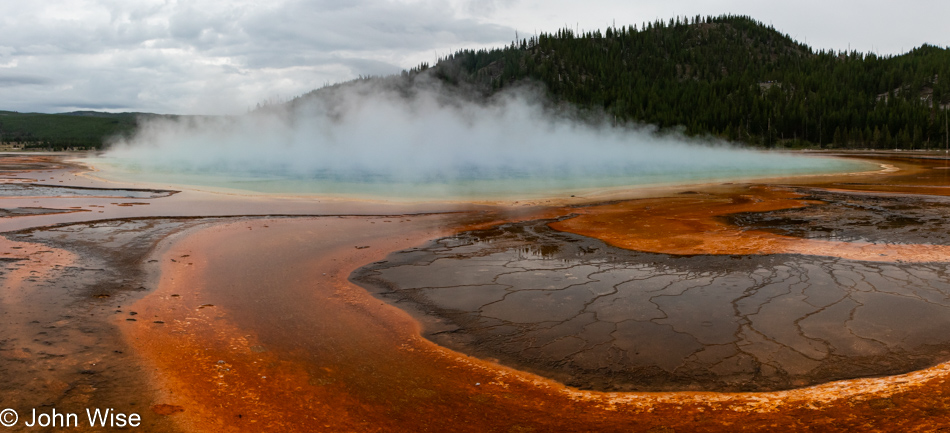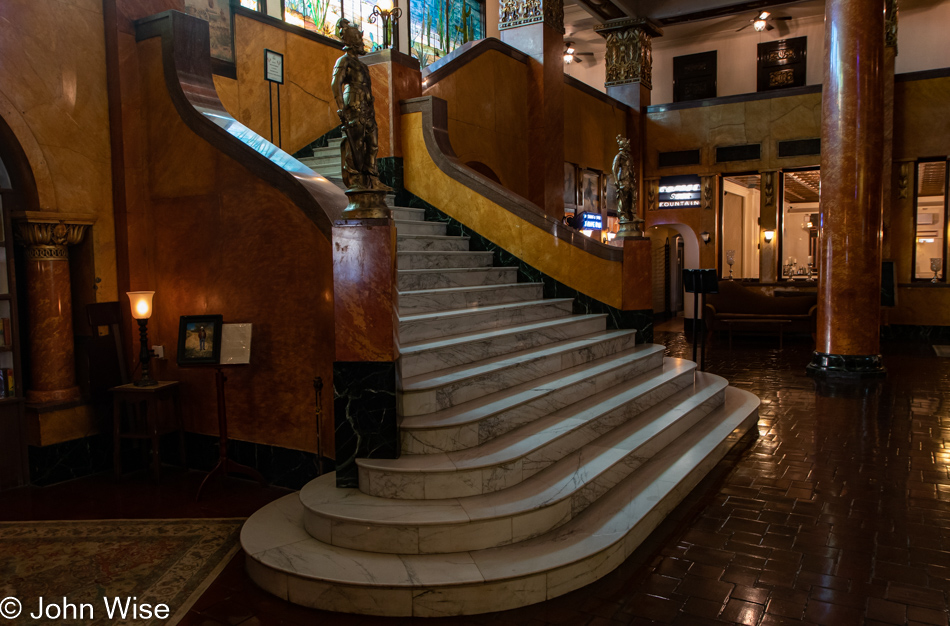
Not ziplining, whitewater rafting, or racing ATVs over sand dunes, we’re happy to explore little luxuries such as staying in a small town of only 16,000 at their grand old hotel that is lovingly cared for. Many hotels built in the past 30 years don’t have a fraction of the attraction of the Gadsden here in Douglas. We are less than 1 mile from the Mexican border, yet we were walking around nearly empty streets last night as it grew late, and never did we feel uncomfortable. Today, we’ll venture north, and with certainty, we’ll find 100s of things to dazzle our senses with, though they may be as simple as marveling at the basin of Willcox Playa or admiring birds. These are easy luxuries that take us out of routines at home and leave us with indelible memories of the larger world we’re a tiny part of.
The quote about the best-laid plans of mice and men comes to mind when considering how things worked out regarding our plans to hike in the Chiricahua National Monument today: that didn’t happen, nor did we visit the Willcox Playa. Plans were derailed, although we were still very much on track during breakfast when our conversation with our server, Christian, blossomed. The guy is finding his way in the world, and like many of us, he’s a bit late to the game, but hopefully, with a bit of serious intention and if he can make good on his hope to explore new things, he’ll find a way forward and be able to discover some of the things in life that bring greater happiness.
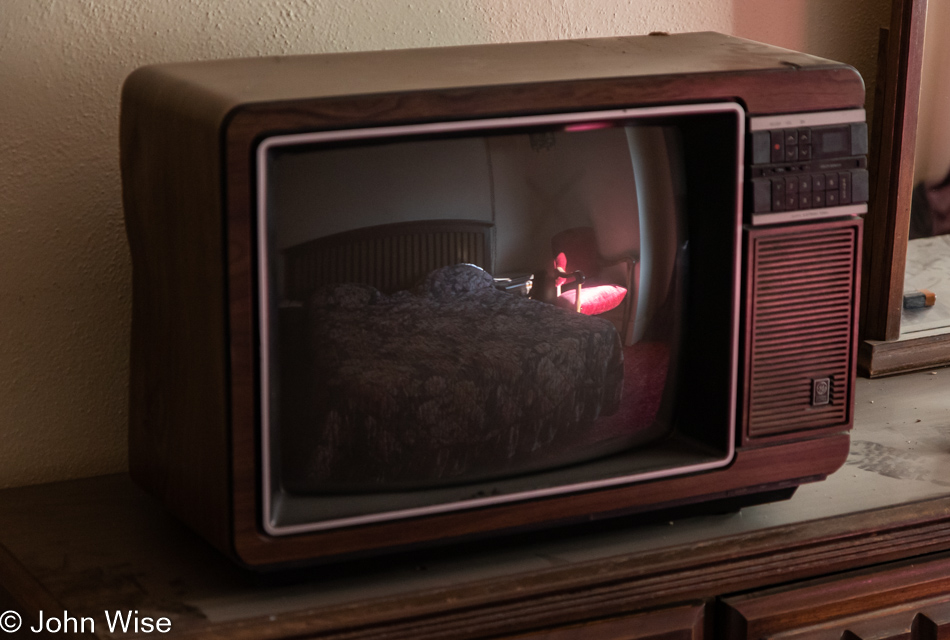
From a pep-talk to a tour of the hotel’s 3rd floor and the allegedly haunted room #333. I’d read somewhere that if you photograph the possessed room in reverse, you have a 91.57% chance of capturing an image of the spirit. Look close to where the bed cover meets the red shag carpet, and maybe you can see someone’s ghost peaking out; that, or you will be happy that I didn’t photograph that hideous combination of the floral bedspread and shag carpet that brought on PTSD to those present.
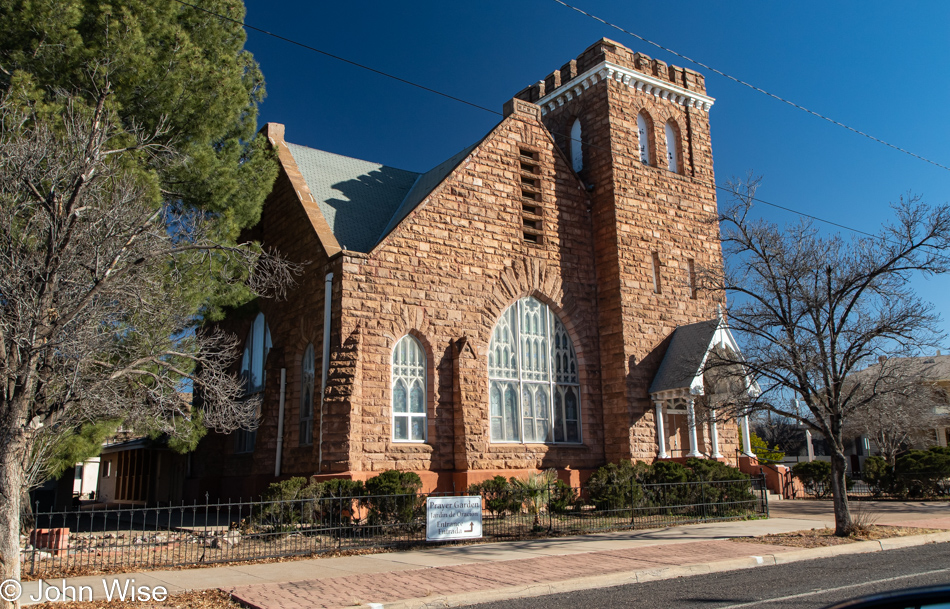
A brief meander through town to see what the architecture of Douglas looks like. Sadly, the exterior photo of our hotel I shot this morning left a lot to be desired, but there were some nice churches, this being the most attractive one to me. After a brief ride around a few of the streets, we pointed the car north on A Avenue. The north-south streets in Douglas are lettered; we are lodging on G Avenue.
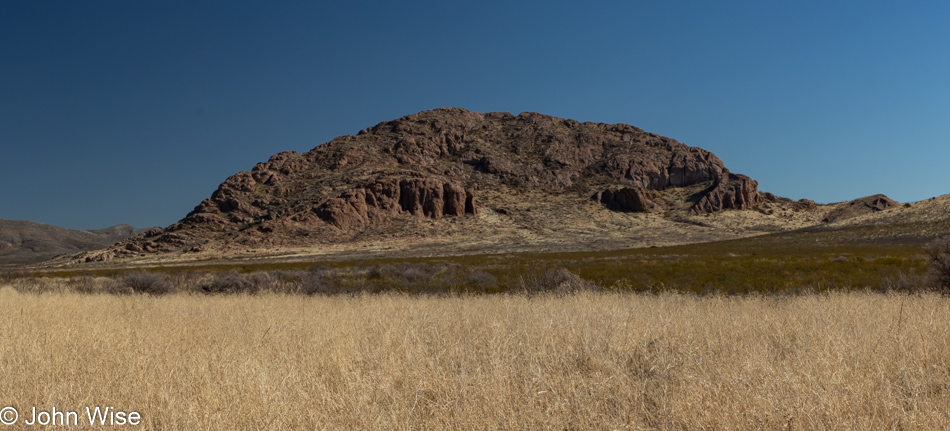
A Avenue turns into Leslie Canyon Road, and this is where the plans really started to deviate. You see, we were going to take the scenic unpaved road over to McNeal to pay a visit to Whitewater Draw, where it was reported there were a ton of Sandhill cranes.
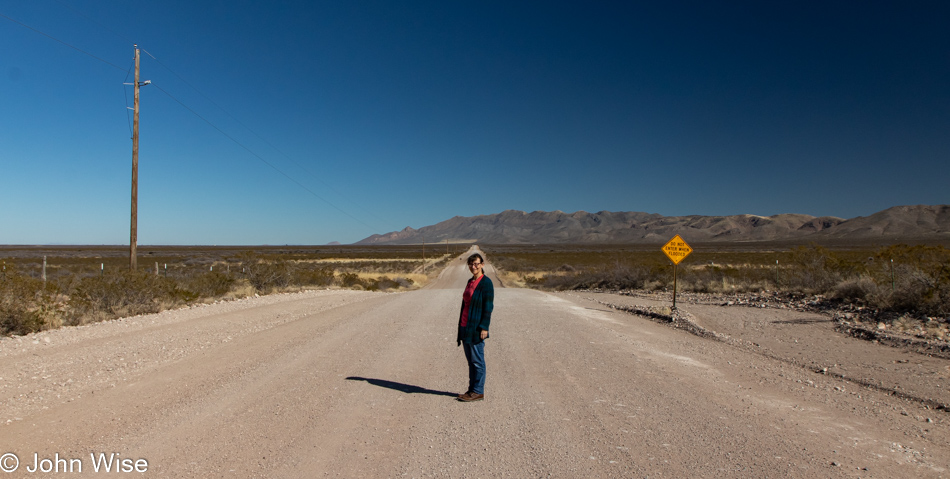
If you see desolation, your senses are not tuned to serenity. It’s divinely quiet out here, and as you might surmise from the electrical lines, there are a few people living out along this unpaved but well-maintained road going straight to the mountains ahead. See woman for scale, that’s not a blue banana.

The road forked, but instead of taking the left to McNeal, we opted to go right in the direction of the Leslie Canyon National Wildlife Refuge. Can you hear the silence?
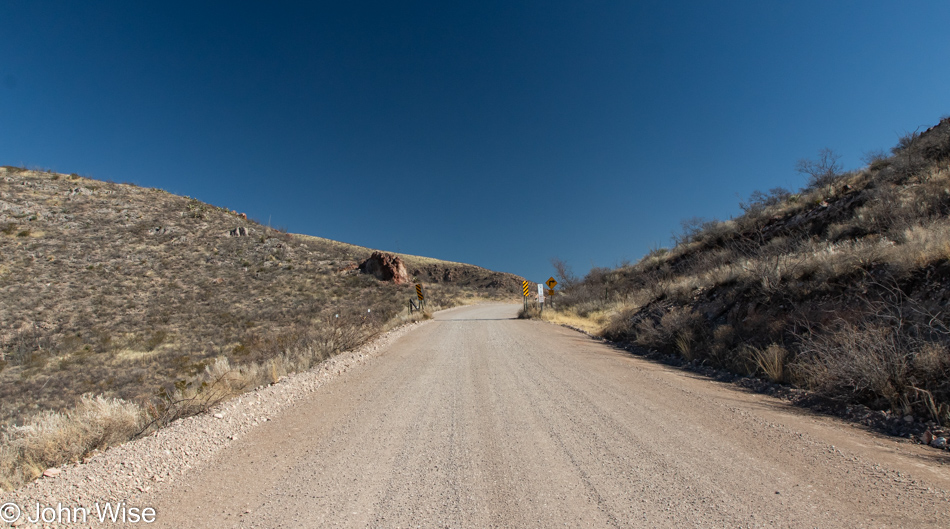
Just up the hill, they said. Right over there, they hinted. You’ll find the trail easily.
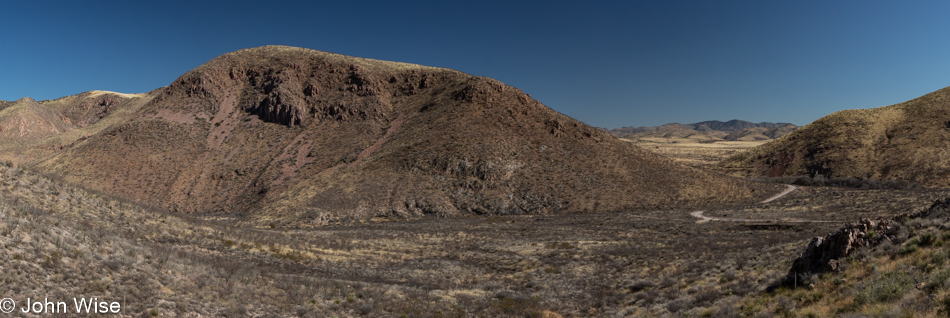
Yep, right out there at the bend in the road.
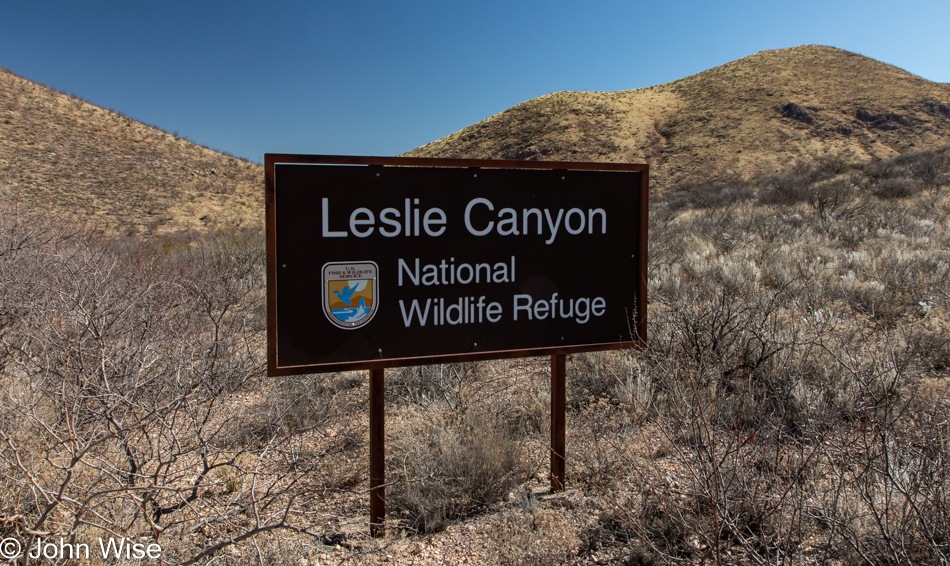
Oh, they meant the place with the big signs, a small parking area, and an information kiosk. Transparency moment, there was no “they”; it was just me making drama where there was none because drama is the bedfellow I enjoy employing in my narratives and, well, for that matter, my daily existence.
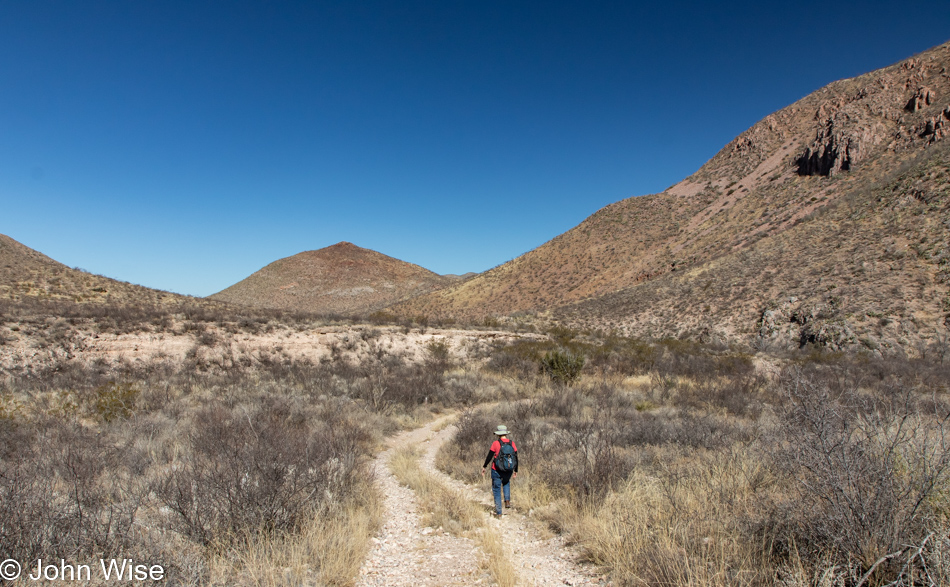
Did the sign mean the trail is 2 miles out and 2 miles back or 2 miles roundtrip? Obviously, this trail was used at one time by vehicles, but as we walked further, it became apparent that those days were long gone.
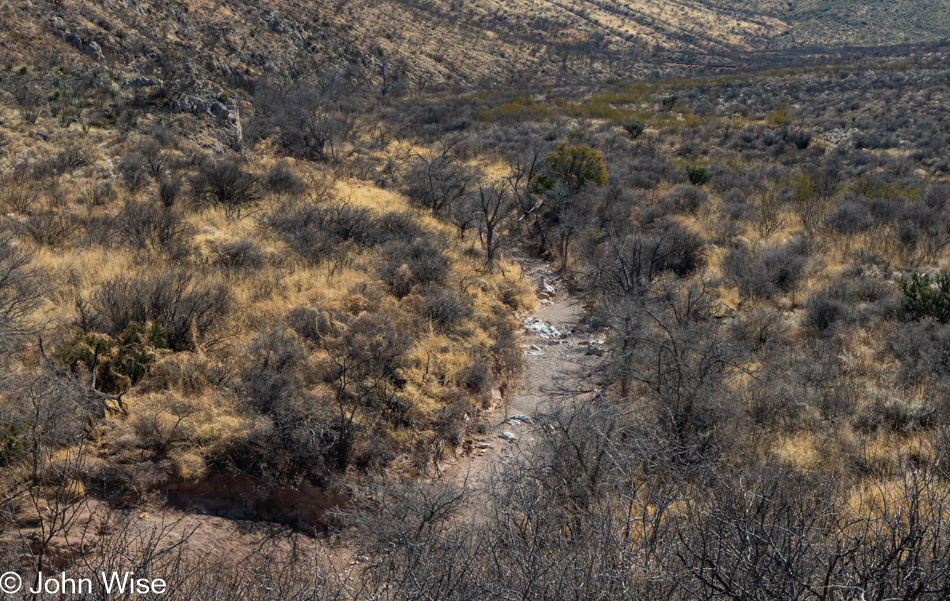
That’s the very dry Leslie Creek, and if I’m interpreting things right, this is all part of the Yaqui River Drainage that plays an important role in the health of the biodiversity found in the region, which even has its own native type of fish, the endangered Yaqui chub. Needless to say, we didn’t see any chubs or other water creatures today.
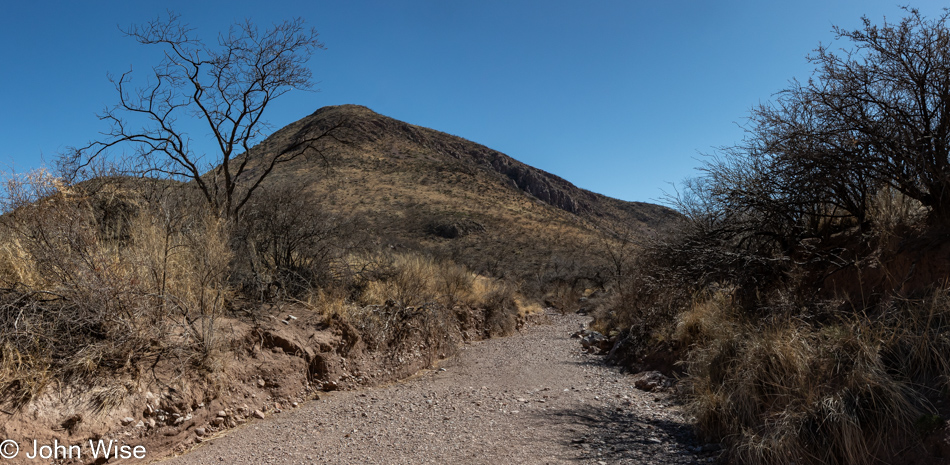
Further up the trail, we dip into the dry creek bed, and like chickens, we go to the other side.
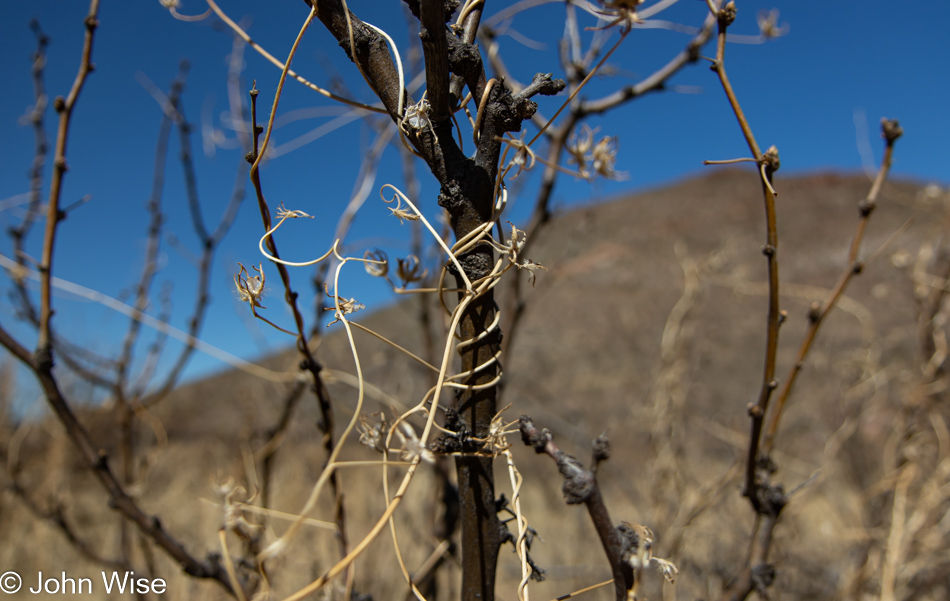
Caroline was reminded of the book titled Tracks by Australian author Robyn Davidson, and paraphrased the following, “There are all kinds of thorns from big ones that draw blood and puncture everything, to medium ones that pierce dog paws, to small ones that break off in your skin remaining unseen until they are inflamed a day later.”
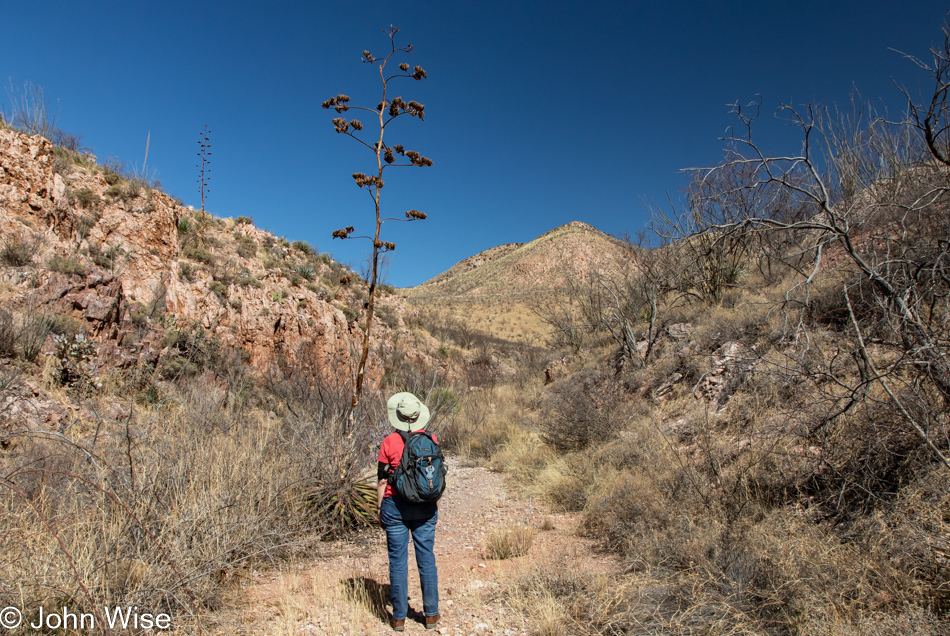
Don’t lose sight of the incredible nature of the time we live in. One moment, we’re racing down a dirt road before reaching a turnout next to wildlands we are about to walk upon. Carrying fresh water, a hat, and a camera, we stride along an overgrown, craggy trail on our way to see an old ruin just because. Later in the day, we’ll dine on a hot meal and sleep in a warm bed, and yet we must endure the echo of rants of the super-wealthy who will never enjoy these luxuries while they tell us that everything is broken so we can wallow in anger and ignorance instead of focusing on finding our moments lost in time.
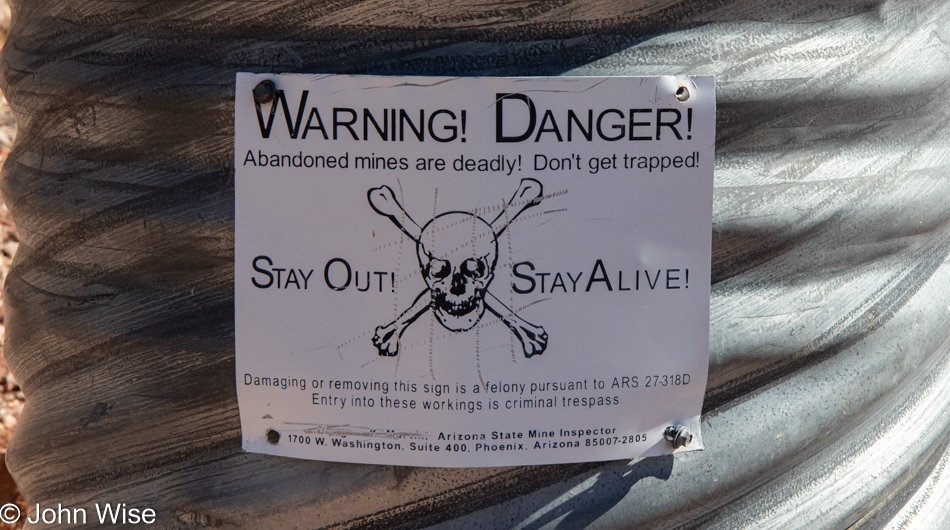
That old road on which we started this hike was far too overgrown and washed out at one point for vehicles to ever easily use the trail again, but arriving at an old mining operation, it now made sense why this primitive route was carved into the landscape.
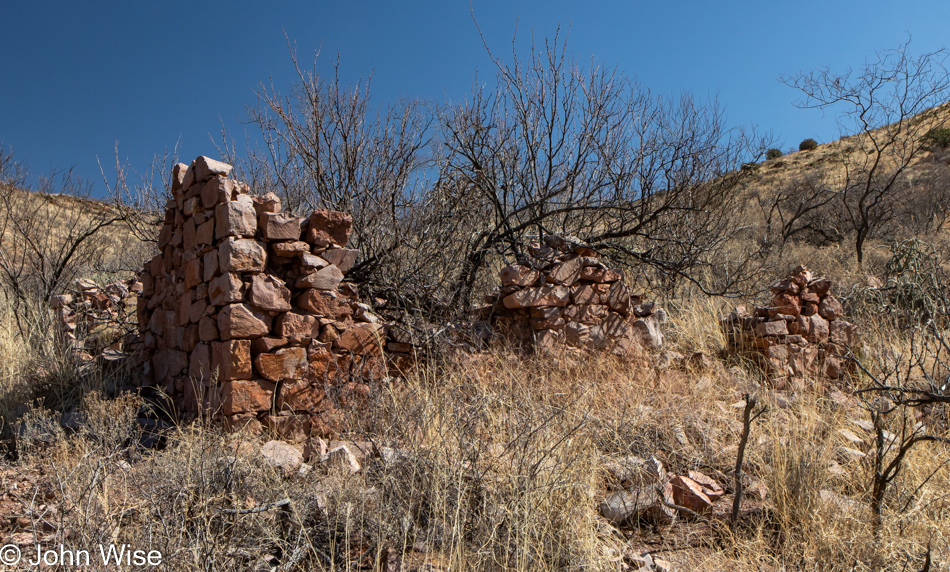
There were some scattered industrial pieces of foundation disappearing under the withering sun just as these ruins of an old home are returning to the earth they sprang from. This was also the end of the trail of thorns.
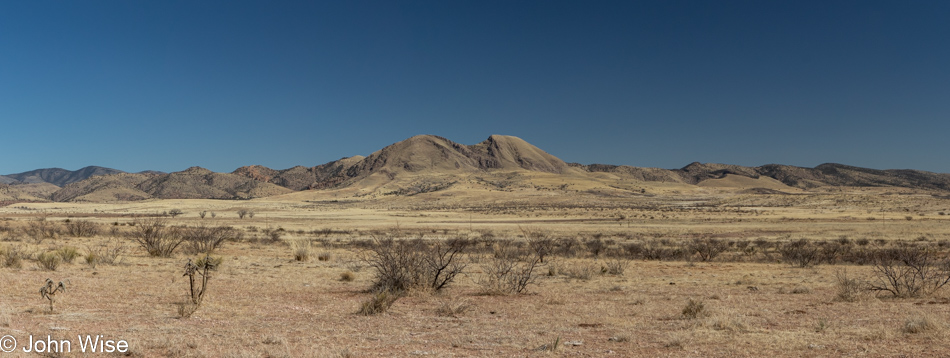
At this point in the day, we hadn’t come to the conclusion that we weren’t going to visit the Chiricahuas yet because we were going to make a quick stop at our next destination and return to the road for the short 50-mile drive to the national monument.

With the stories we’ve heard over the years of people being directed down dangerous roads by Google, I’m surprised every time their algorithm takes us down these dusty trails. I wonder if they still recommend them when it’s raining? Anyway, after 1 mile of dirt road, we turned south on the paved Central Highway, and a few miles farther, we found ourselves pulling into Whitewater Draw.

We are here for Sandhill cranes and are not disappointed. But as beautiful as the sight and sound of this group are here, I couldn’t help but feel that there were also a lot of them to the south of us, though most visitors were on this trail.
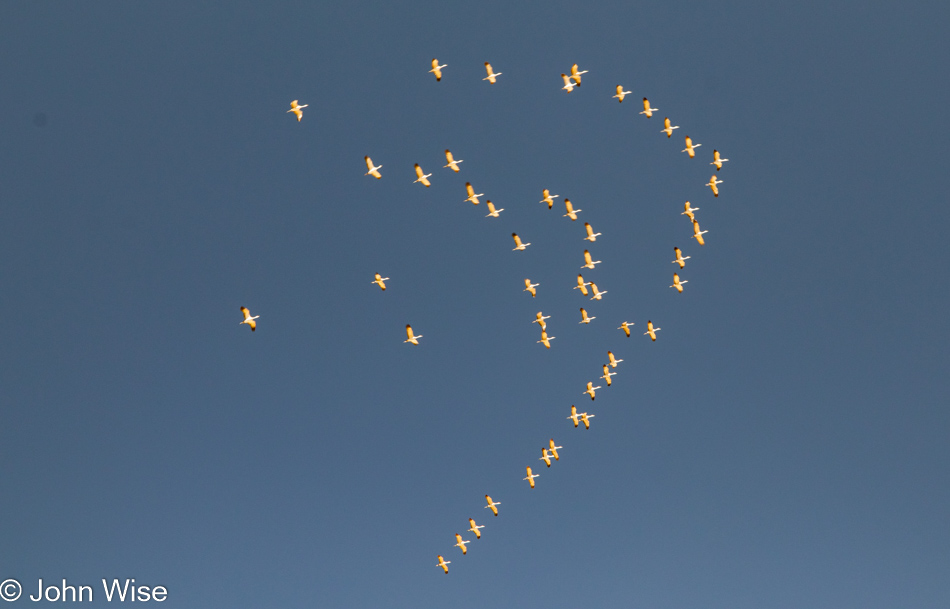
So Caroline and I went south.
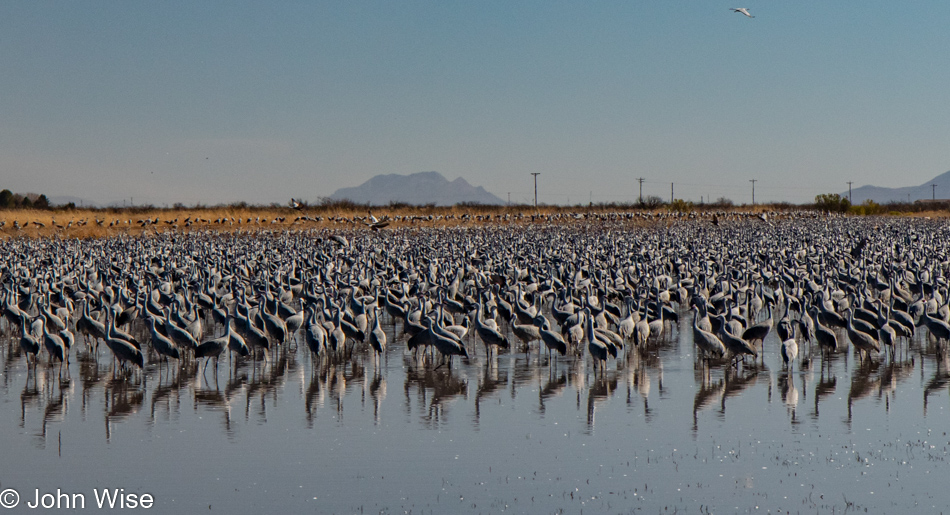
And with an explosion of sound and a sea of cranes that stretched off into the horizon like a giant feedlot in Texas, there were animals as far as we could see.

The beating of wings, lots of wings from lots of big birds, creates the excitement of whooshing that rumbles in reverberation and drills into the deep pools of emotion lying just below the surface of those watching these spectacles.

Following take-off and the focused energy required to escape the gravitational clutch of earth and water, the birds break into a chatter that sings to me that they are happy to once again be aloft. Immediately the conversation turns to the discussion of where it is they will set down next.
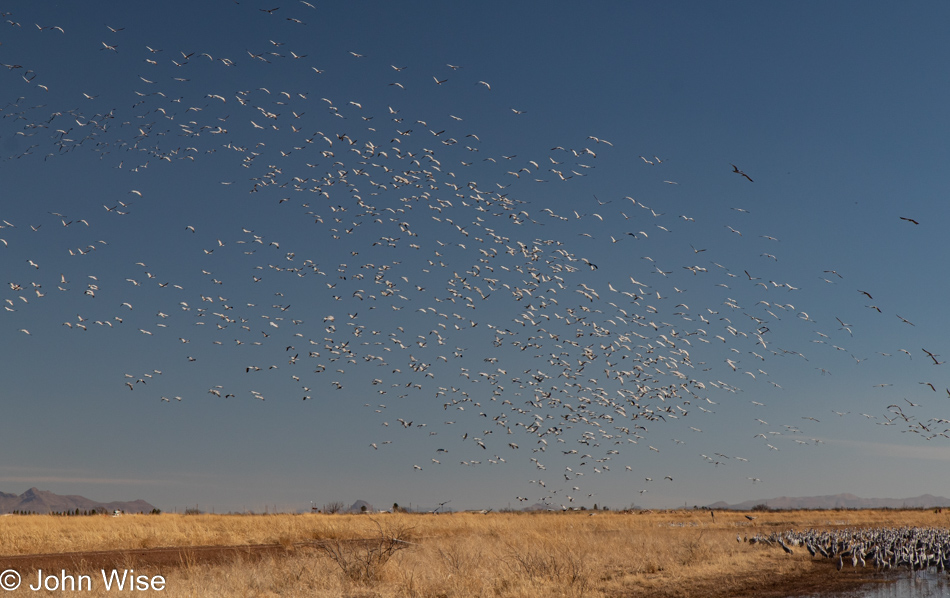
And other plans that might have still been possible were being dashed by the hypnosis brought on by the sounds and spectacle of so many cranes. Cranes by the 10’s of thousands were pulling us into their universe and demanding that we ogle them in a form of worship, recognizing their power over us. The collective will of the cranes is impossible to dismiss and so we melt into their landscape and lose all sense of time or need to be anywhere else.
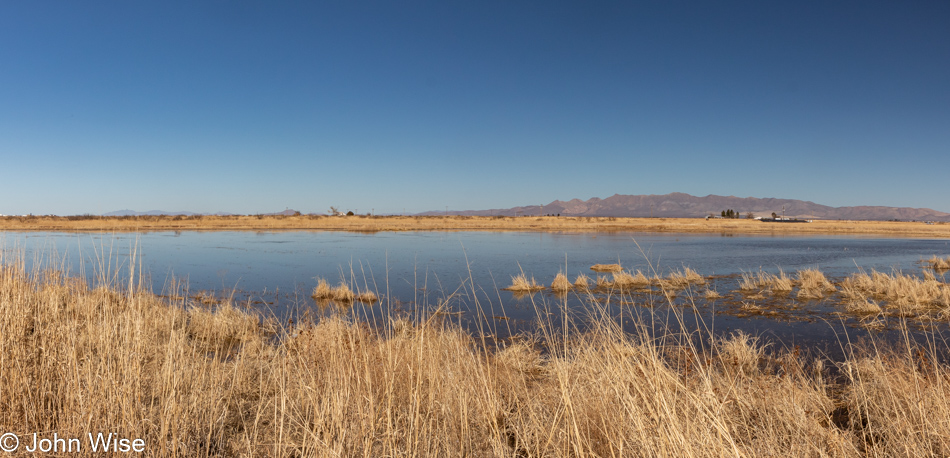
That is until we start to feel like intruders and that our very presence is affecting their behavior. While I felt that we were keeping a respectful distance from the army of cranes, there was a point where no matter how slow we moved, the birds would start moving, too. While we are farther away, they are watching us but are not yet ready to react, but if they are changing what they would otherwise be doing, we are distracting them from bird things. I imagine that the fact that we hunt them right here in this area (as evidenced by spent shotgun shells) has made them leery of us violent humans. Add to that stress that we de-water their migration stops by draining that resource, which in turn squeezes them into ever smaller areas, making them prime targets for people interested in turkey shoots where the sport and skill of hunting have been replaced by not having to wander from the tailgate.
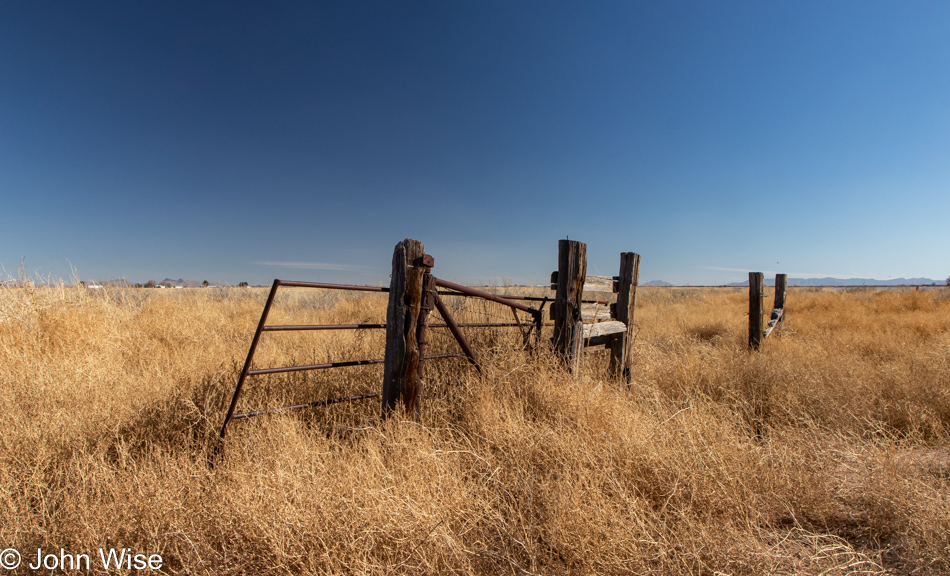
When fear of not finding an ability within ourselves to comprehend our place in the world, we often turn to anger against nature for trapping us in a situation beyond what our senses can tolerate. This is misdirected aggression that would be better turned against those that left the person ill-equipped to celebrate the incredible luxury all around them, but the die is cast, and the politics, economy, the entire world are here to victimize them, and so they need to lash out and victimize what they can to level the playing field. In this sense, these fence posts have more purpose, although they no longer have any function.
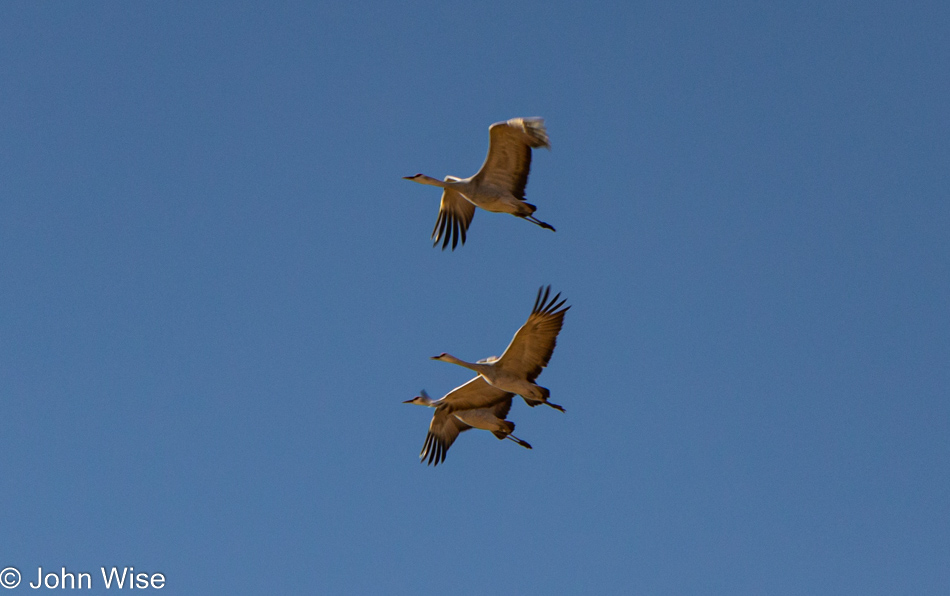
My empathy for birds is greater than my sense of understanding for the stupid among us, those raised by the disaffected who would destroy everything in their path rather than feed their minds. How sad is my reality of awareness that while on vacation, I’m disturbed by those not even present as though they are ever-present? Writing this, I feel as though I’ve inadvertently elevated the troglodytes onto the pedestal of gods.

In everything we found today, disappointment wasn’t one of those things. Our loose plan was turned on its head, but even upside down, everything sparkled and was beautiful to us. Lunch had to be sacrificed because there was nothing out our way; good thing we had walnuts, cashews, almonds, and dried apricots along with us, oh, and those Lemon Ups from the Girl Scouts that found their way into Caroline’s backpack.
We weren’t able to share a nice bottle of wine, there were no gourmet meats and cheeses on artisan bread, our off-brand generic drinking water was from a gallon plastic jug bought at a grocery store on the way down, and yet, the way smiles continuously lit on our faces, you’d have thought for a moment we had everything, every luxury anybody could ever wish for, wrapped in all the love that could possibly be shared between two people.
